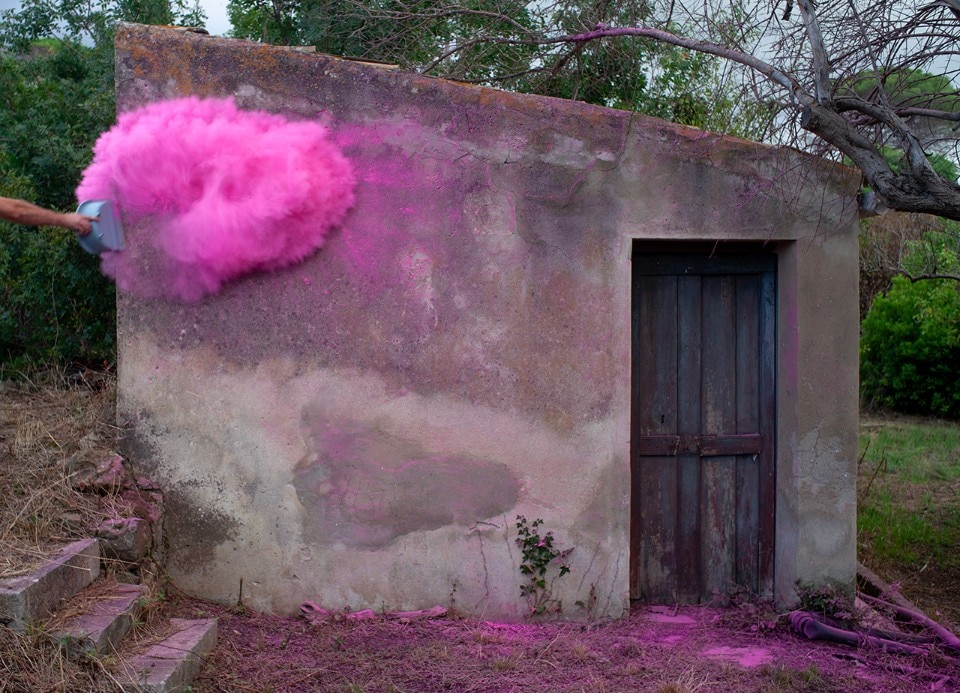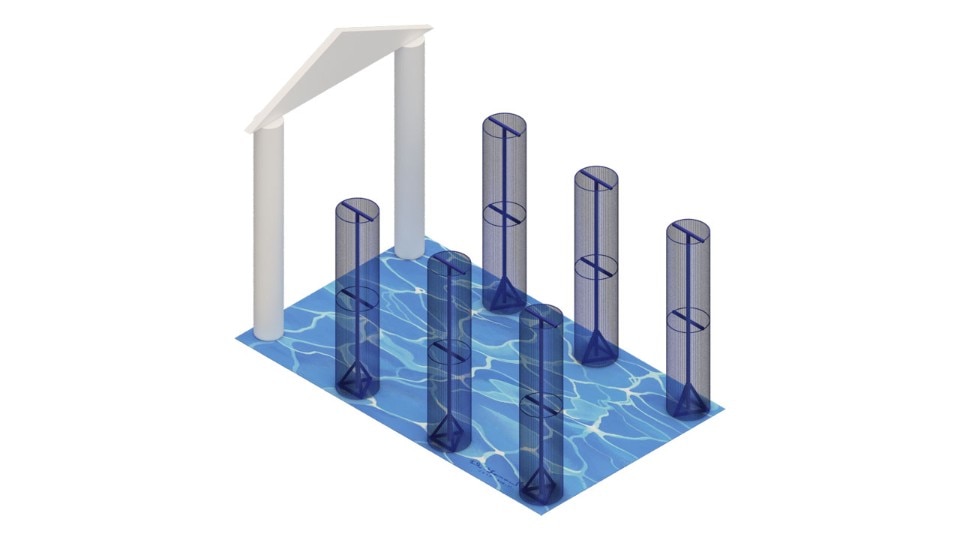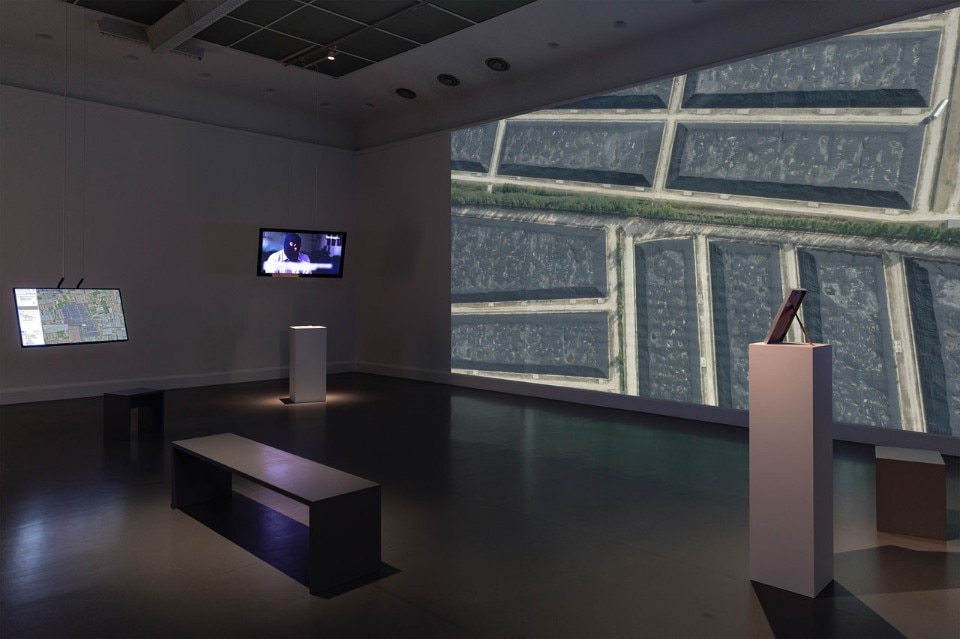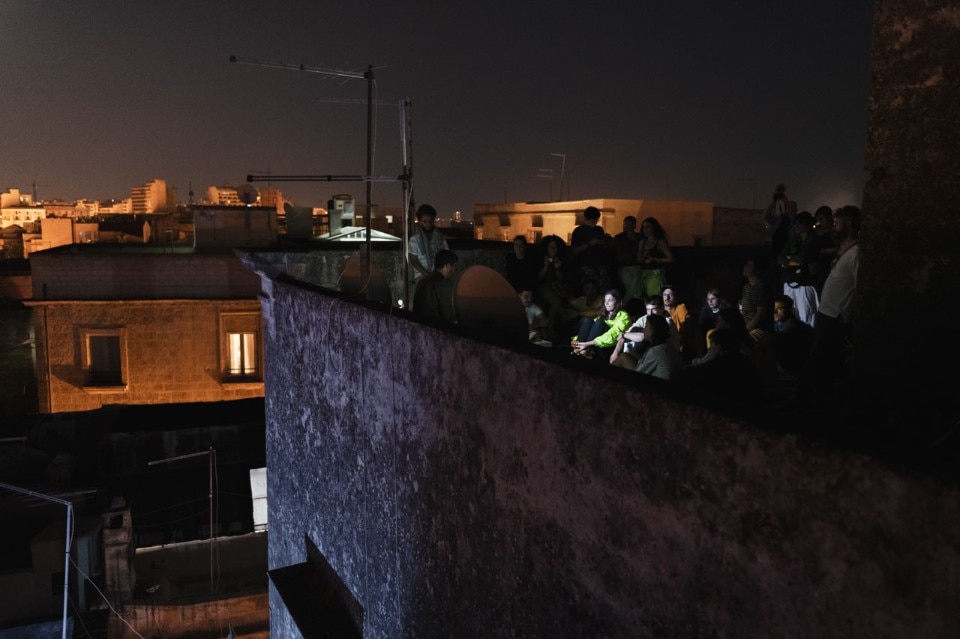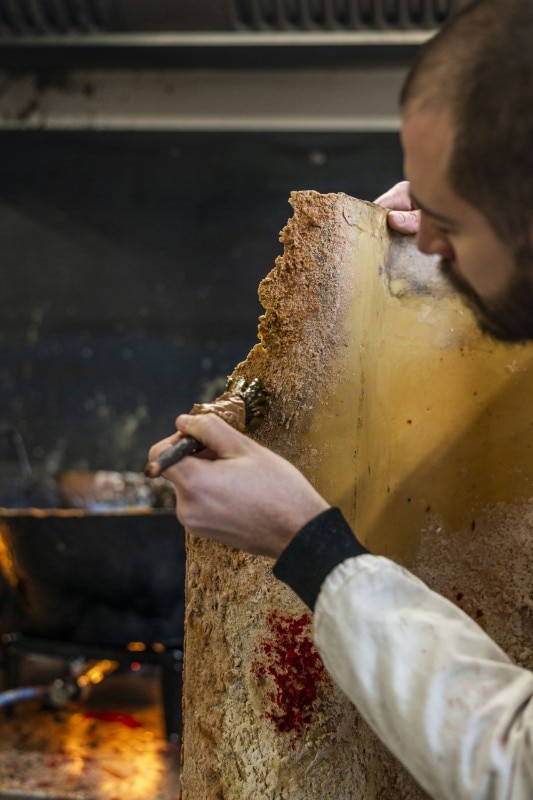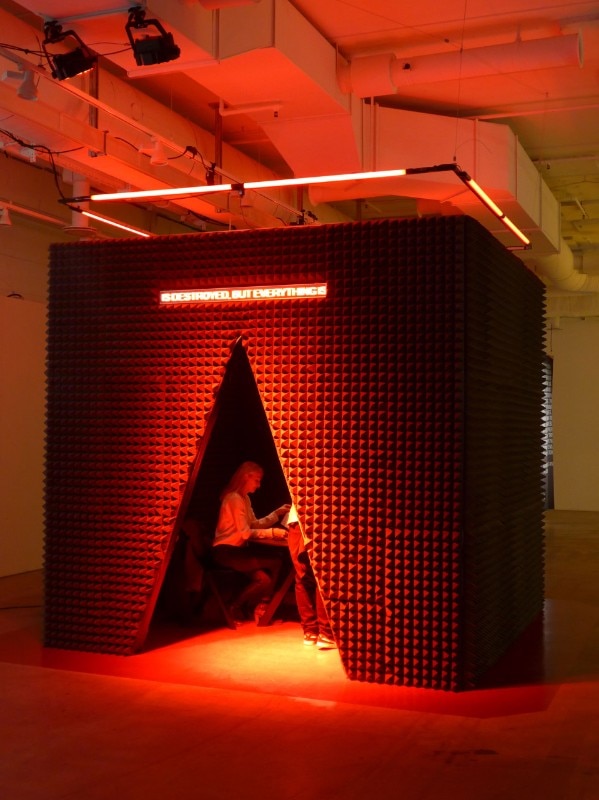In Milan we have been in quarantine for almost three weeks, we still don’t know when we will be able to leave home, while we resign to a vague “in a few months”. The Salone is silent, or rather the date of 16-21 June sculpted in white on a red background on the official website is still there, optimistic. Some say that “it won’t happen anyway”, perhaps as a plea, or to put down plans B and C. With the final lockdown we saw the rise of several online initiatives, from the punctual streaming of the Triennale Milano, to the Virtual salone by Dezeen, between ovations and controversy. Also, in the rest of Europe and in the USA the fairs have been postponed to September: maybe it makes more sense to say that 2020 has been postponed to 2021, as we read in the best memes. Even in the last surviving shows we went to – like Collectible in Brussels – there was an unusual atmosphere, where the main talk was coronavirus rather than the works on display.
We chose five Italian designers that in the last few years have taken off the label of “emerging” to become young entrepreneurs. They have in common a transversal approach to design with the production of objects on one side and speculative research that lands in exhibitions, workshops, video productions and festivals. At the moment most of their work is suspended and no one is able to say if it is only a transitional phase.
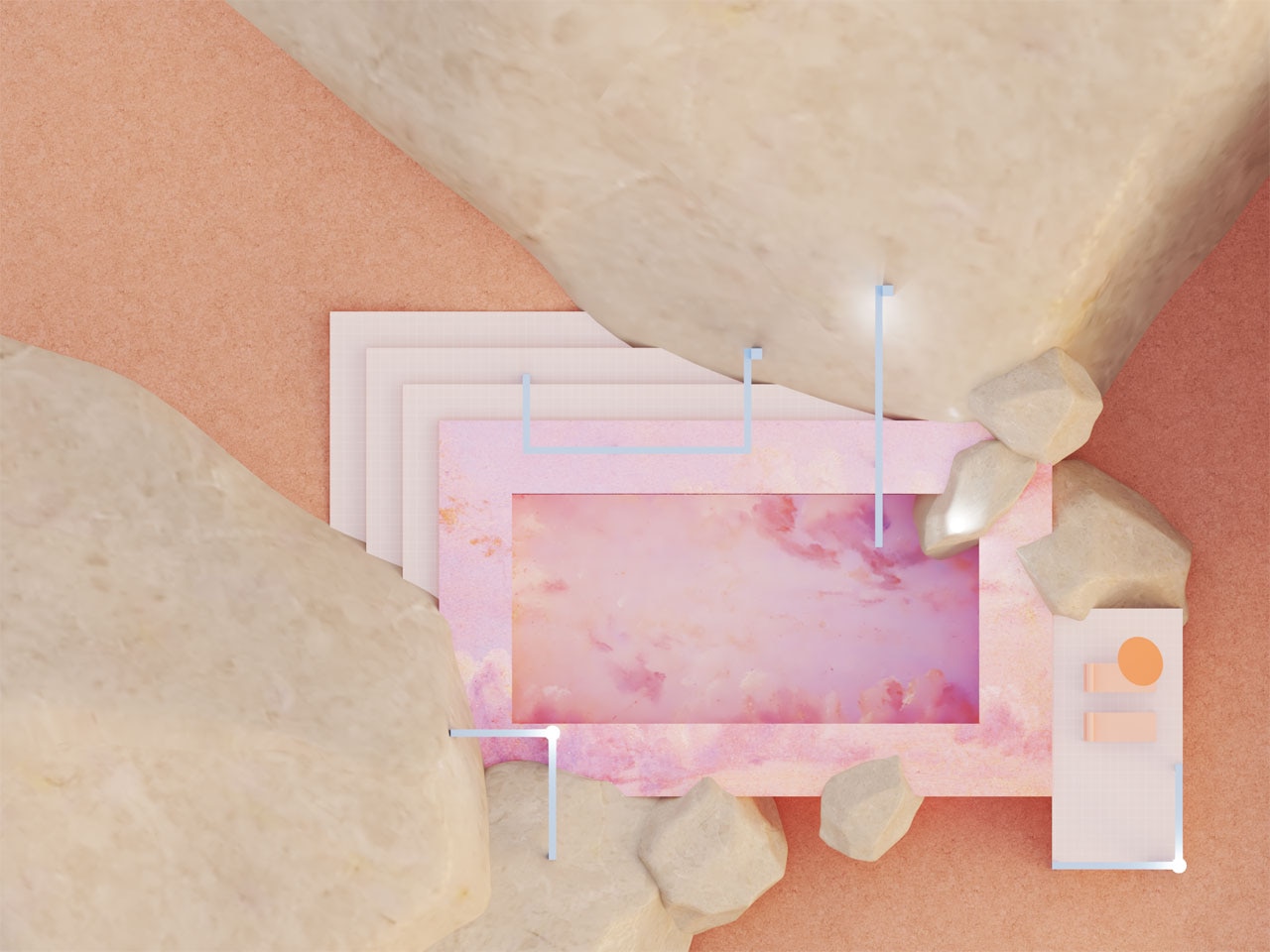
 View gallery
View gallery
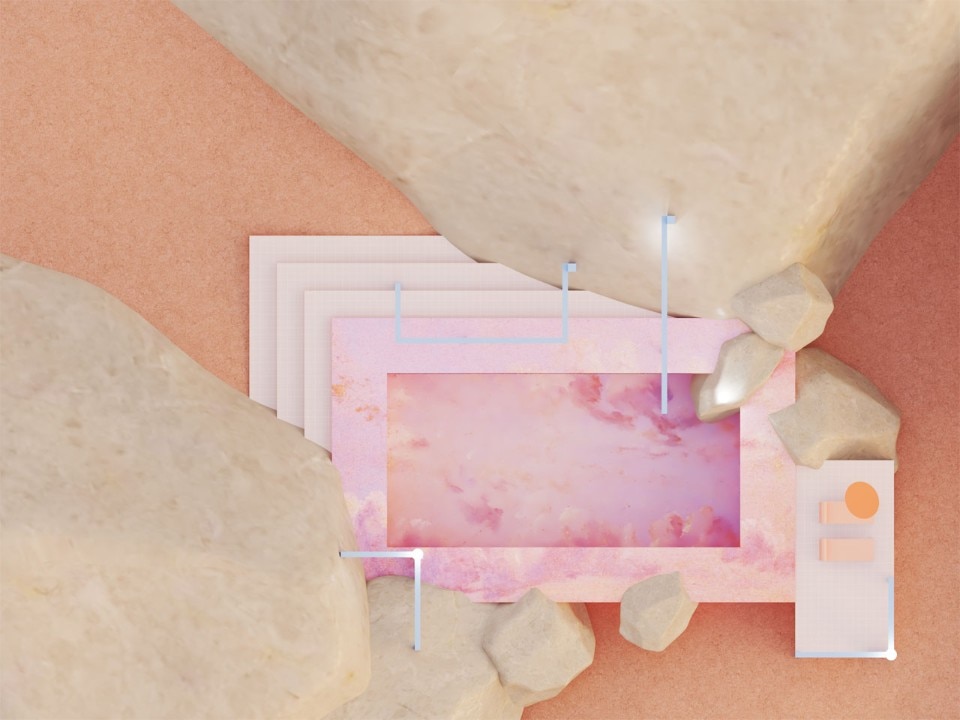
Designers at the time of quarantine: Sara Ricciardi
A selection of works in progress by designer Sara Ricciardi, during her quarantine 2020. Among her projects there are virtual spaces, interiors and product design.
Swimming pool
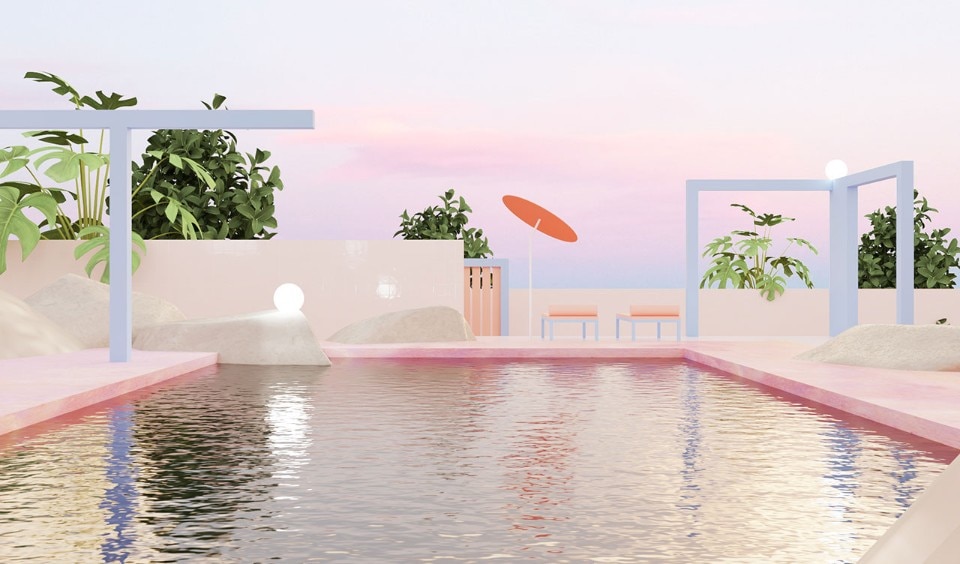
Designers at the time of quarantine: Sara Ricciardi
A selection of works in progress by designer Sara Ricciardi, during her quarantine 2020. Among her projects there are virtual spaces, interiors and product design.
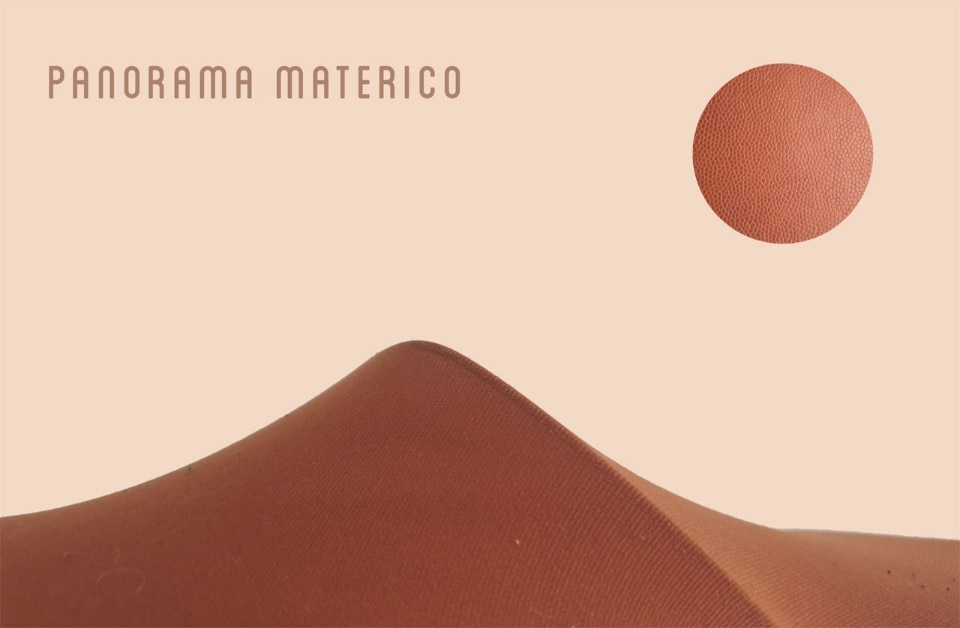
Designers at the time of quarantine: Sara Ricciardi
A selection of works in progress by designer Sara Ricciardi, during her quarantine 2020. Among her projects there are virtual spaces, interiors and product design.
Dune project
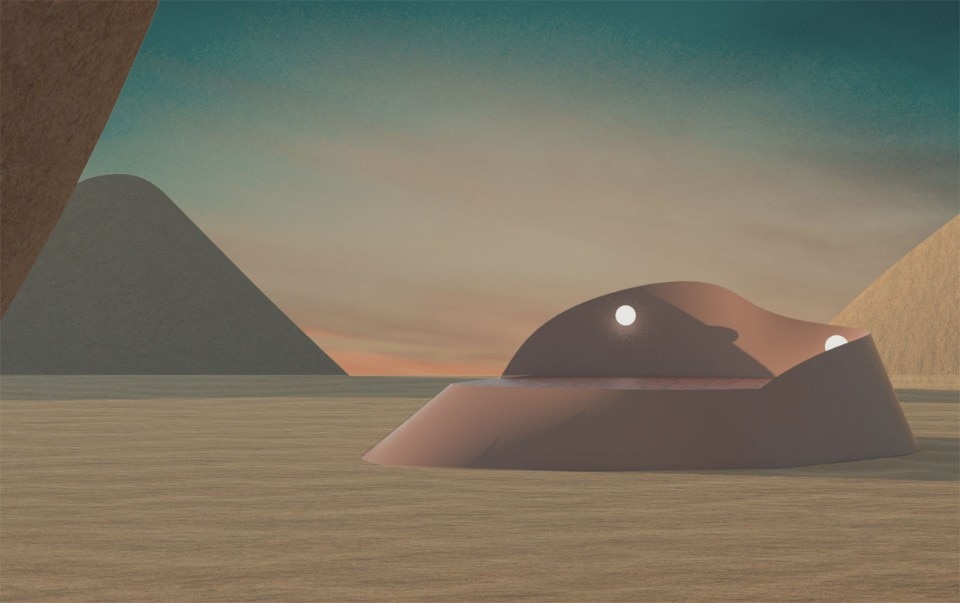
Designers at the time of quarantine: Sara Ricciardi
A selection of works in progress by designer Sara Ricciardi, during her quarantine 2020. Among her projects there are virtual spaces, interiors and product design.
Dune project
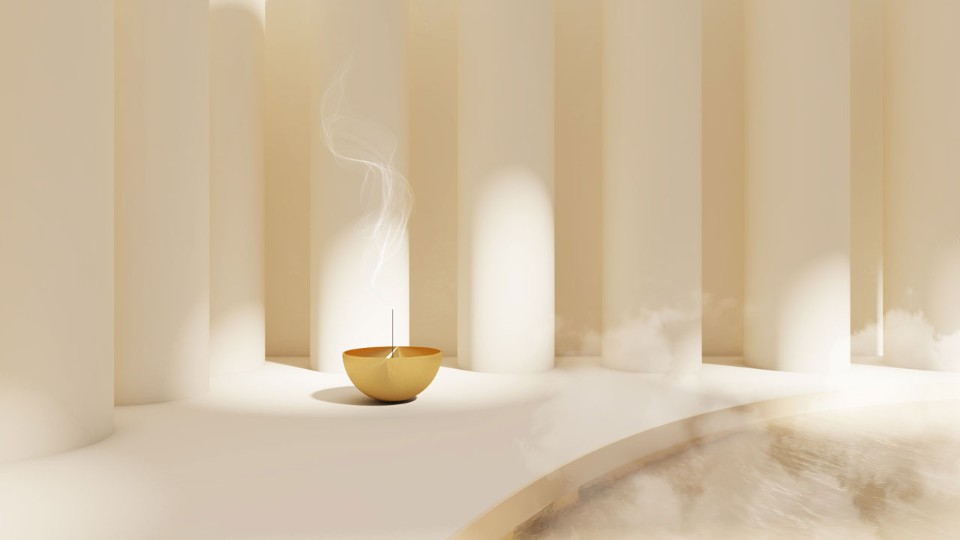
Designers at the time of quarantine: Sara Ricciardi
A selection of works in progress by designer Sara Ricciardi, during her quarantine 2020. Among her projects there are virtual spaces, interiors and product design.
Ora project for Edit Napoli
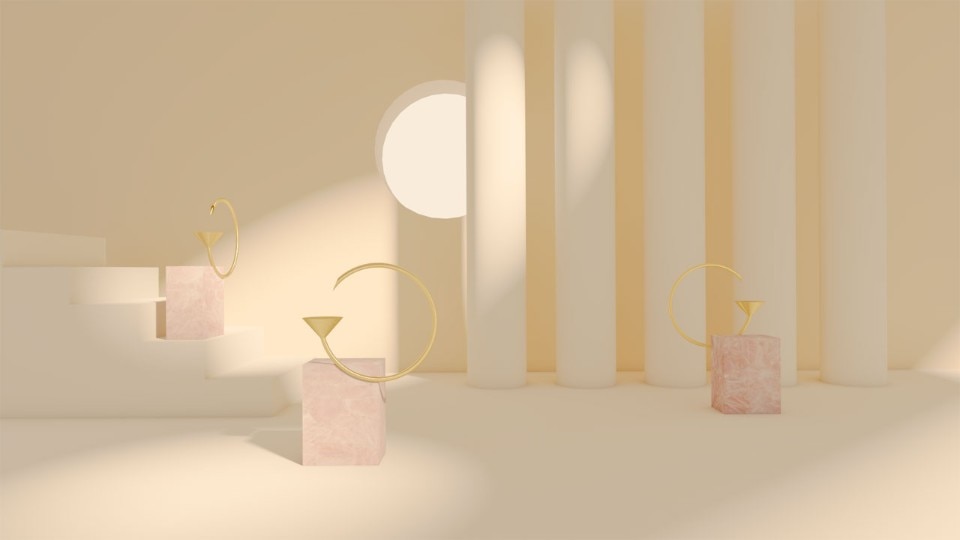
Designers at the time of quarantine: Sara Ricciardi
A selection of works in progress by designer Sara Ricciardi, during her quarantine 2020. Among her projects there are virtual spaces, interiors and product design.
Ora project for Edit Napoli
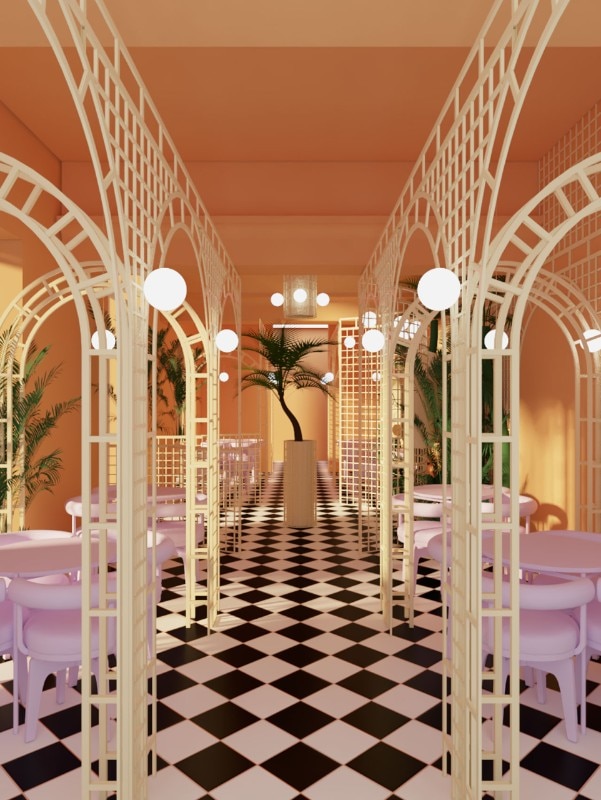
Designers at the time of quarantine: Sara Ricciardi
A selection of works in progress by designer Sara Ricciardi, during her quarantine 2020. Among her projects there are virtual spaces, interiors and product design.
Summer Garden
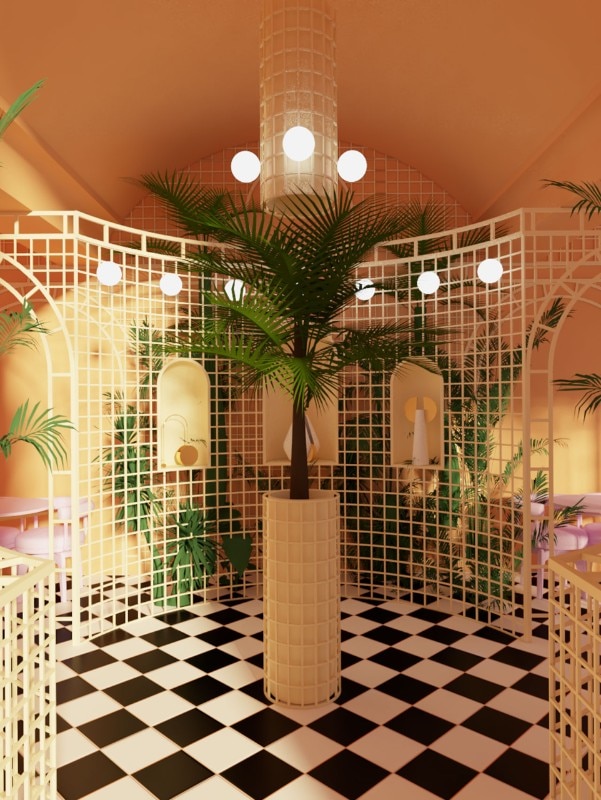
Designers at the time of quarantine: Sara Ricciardi
A selection of works in progress by designer Sara Ricciardi, during her quarantine 2020. Among her projects there are virtual spaces, interiors and product design.
Summer Garden
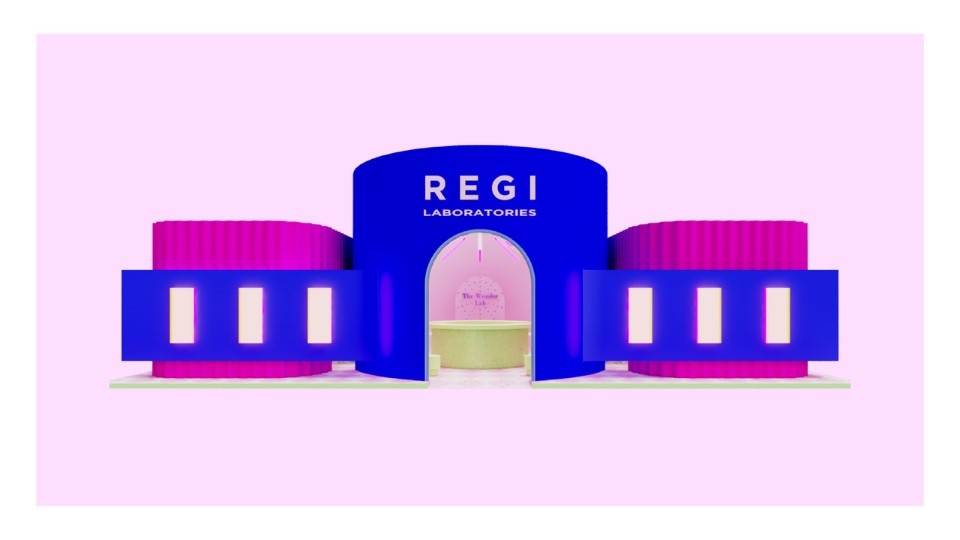
Designers at the time of quarantine: Sara Ricciardi
A selection of works in progress by designer Sara Ricciardi, during her quarantine 2020. Among her projects there are virtual spaces, interiors and product design.
Regi – The wonder lab
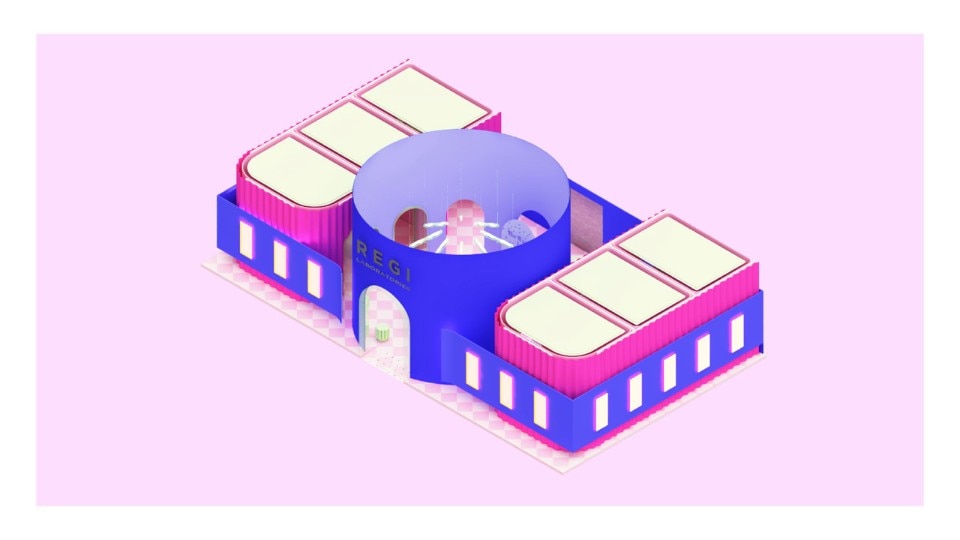
Designers at the time of quarantine: Sara Ricciardi
A selection of works in progress by designer Sara Ricciardi, during her quarantine 2020. Among her projects there are virtual spaces, interiors and product design.
Regi – The wonder lab
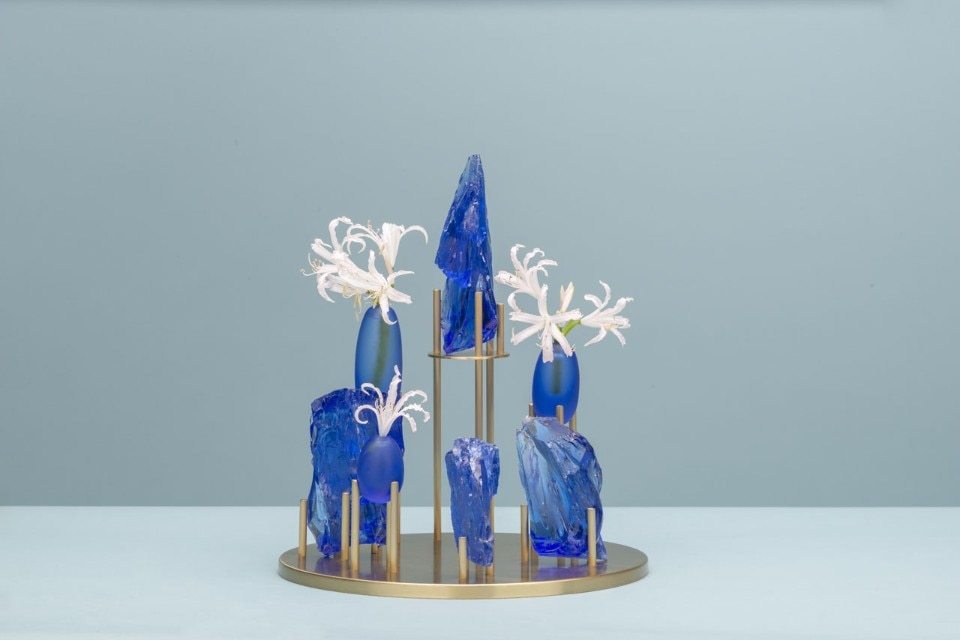
Designers at the time of quarantine: Sara Ricciardi
A selection of works in progress by designer Sara Ricciardi, during her quarantine 2020. Among her projects there are virtual spaces, interiors and product design.
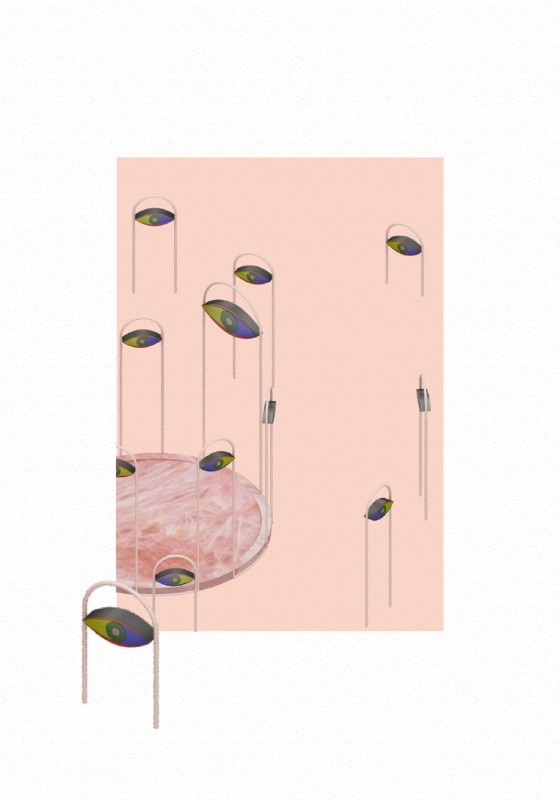
Designers at the time of quarantine: Sara Ricciardi
A selection of works in progress by designer Sara Ricciardi, during her quarantine 2020. Among her projects there are virtual spaces, interiors and product design.
Project Eyes of Truth for VGO
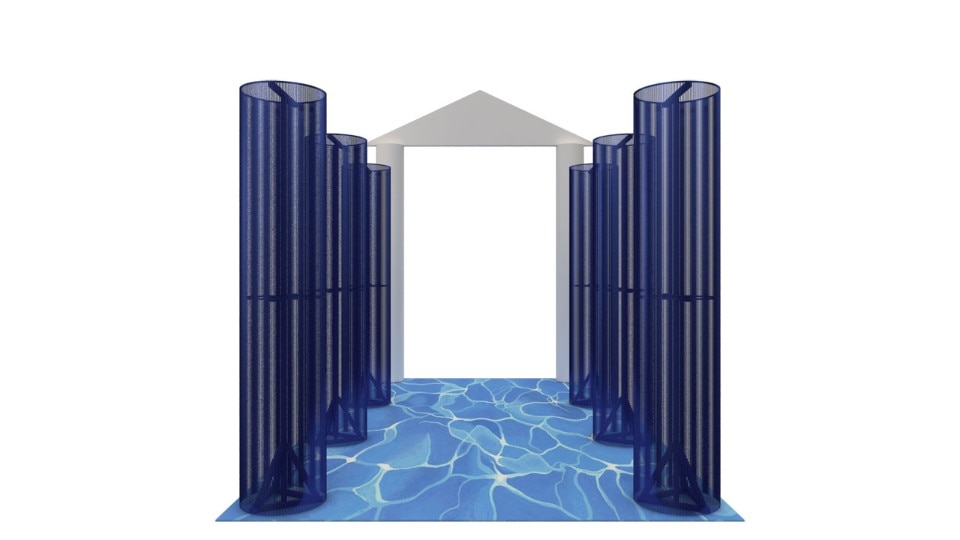
Designers at the time of quarantine: Sara Ricciardi
A selection of works in progress by designer Sara Ricciardi, during her quarantine 2020. Among her projects there are virtual spaces, interiors and product design.
Partynone installation

Designers at the time of quarantine: Sara Ricciardi
A selection of works in progress by designer Sara Ricciardi, during her quarantine 2020. Among her projects there are virtual spaces, interiors and product design.
Swimming pool

Designers at the time of quarantine: Sara Ricciardi
A selection of works in progress by designer Sara Ricciardi, during her quarantine 2020. Among her projects there are virtual spaces, interiors and product design.

Designers at the time of quarantine: Sara Ricciardi
A selection of works in progress by designer Sara Ricciardi, during her quarantine 2020. Among her projects there are virtual spaces, interiors and product design.
Dune project

Designers at the time of quarantine: Sara Ricciardi
A selection of works in progress by designer Sara Ricciardi, during her quarantine 2020. Among her projects there are virtual spaces, interiors and product design.
Dune project

Designers at the time of quarantine: Sara Ricciardi
A selection of works in progress by designer Sara Ricciardi, during her quarantine 2020. Among her projects there are virtual spaces, interiors and product design.
Ora project for Edit Napoli

Designers at the time of quarantine: Sara Ricciardi
A selection of works in progress by designer Sara Ricciardi, during her quarantine 2020. Among her projects there are virtual spaces, interiors and product design.
Ora project for Edit Napoli

Designers at the time of quarantine: Sara Ricciardi
A selection of works in progress by designer Sara Ricciardi, during her quarantine 2020. Among her projects there are virtual spaces, interiors and product design.
Summer Garden

Designers at the time of quarantine: Sara Ricciardi
A selection of works in progress by designer Sara Ricciardi, during her quarantine 2020. Among her projects there are virtual spaces, interiors and product design.
Summer Garden

Designers at the time of quarantine: Sara Ricciardi
A selection of works in progress by designer Sara Ricciardi, during her quarantine 2020. Among her projects there are virtual spaces, interiors and product design.
Regi – The wonder lab

Designers at the time of quarantine: Sara Ricciardi
A selection of works in progress by designer Sara Ricciardi, during her quarantine 2020. Among her projects there are virtual spaces, interiors and product design.
Regi – The wonder lab

Designers at the time of quarantine: Sara Ricciardi
A selection of works in progress by designer Sara Ricciardi, during her quarantine 2020. Among her projects there are virtual spaces, interiors and product design.

Designers at the time of quarantine: Sara Ricciardi
A selection of works in progress by designer Sara Ricciardi, during her quarantine 2020. Among her projects there are virtual spaces, interiors and product design.
Project Eyes of Truth for VGO

Designers at the time of quarantine: Sara Ricciardi
A selection of works in progress by designer Sara Ricciardi, during her quarantine 2020. Among her projects there are virtual spaces, interiors and product design.
Partynone installation
“The whole thing is shocking. I talk while I’m taking my break in a small public park outside my house. I live in the suburbs so there is no one out here,” says Sara Ricciardi when the parks in Milan were still open. “The coronavirus has come into everyone’s life like a straitjacket player, but it’s interesting to stop and understand the chaos that has been created and reformulate oneself. Now that you can have some free time, some laziness without feeling guilty, we must take advantage of it, without all of us organizing ourselves with a schedule like at 6PM we see each other on Skype, then Zoom, then virtual tour... it is wonderful, but maybe just stop for a moment and read a book and think! We’re not within time, we are afraid to live the moment, but maybe it’s better like that.” When I ask her which projects have changed she answers: all of them. “I was working on some upholstery for Illulian, a house in France, the installations for the Salone del Mobile and a project with youngsters from a juvenile community in Gratosoglio, Milan, that had to end with a big party just now. Everything is suspended and I have no certainty. I’m very confident and I don’t want to say that I’ve lost all of my jobs, but at the moment we are definitely in a freezer”.
“This is a collective situation, so it also makes it quite participatory,” she continues. “I guess it takes flexibility and patience. Then it’s possible that some projects may not go through and others may simply see the light with a delay.” Sara has already been called by a company as an. art director for a project where she transposes the real space into virtual environments and is dedicating much of her time to her new atelier, Pataspazio, which was supposed to open physically next month and for now it will only open virtually. “We will be stronger than before. From the ashes there is more and more vital energy, we must learn how to stay and wait, I am convinced that there will be a crazy collective physiotherapy. I have the highest confidence, or at least I’m designing it, so please don’t take it away from me!”
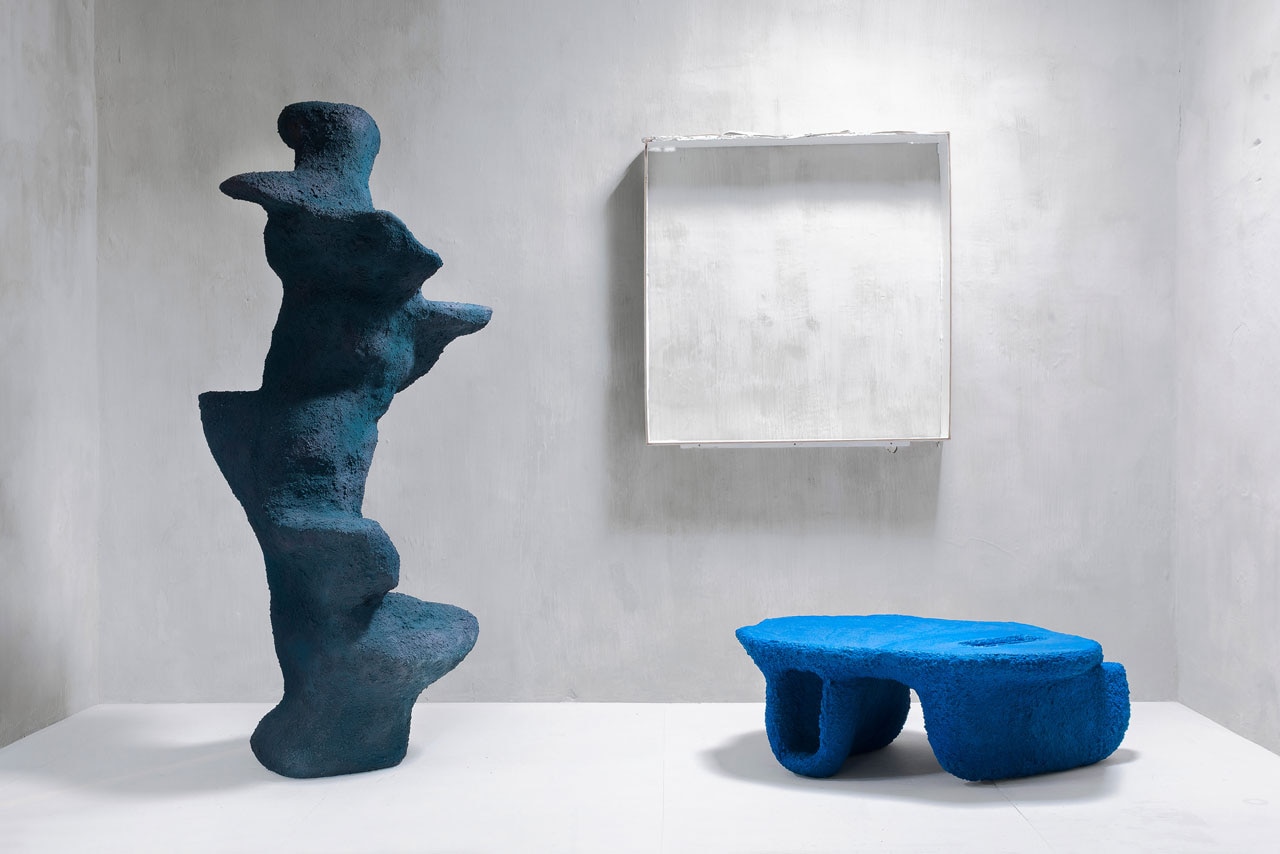
 View gallery
View gallery
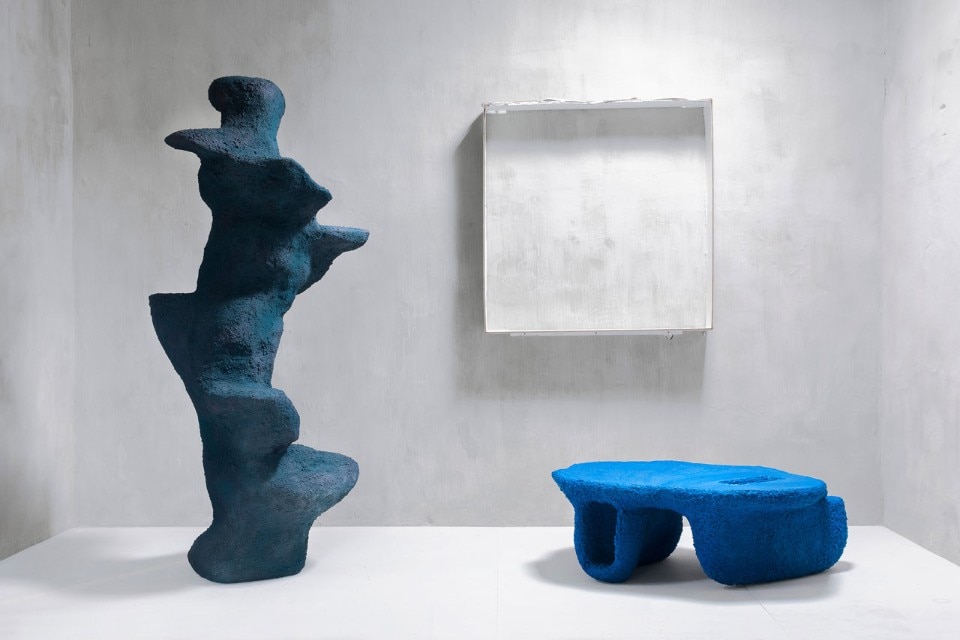
Designers at the time of corona: Tellurico
A selection of projects by Francesco Pace, aka Tellurico.
Mesa and Kat, 2019
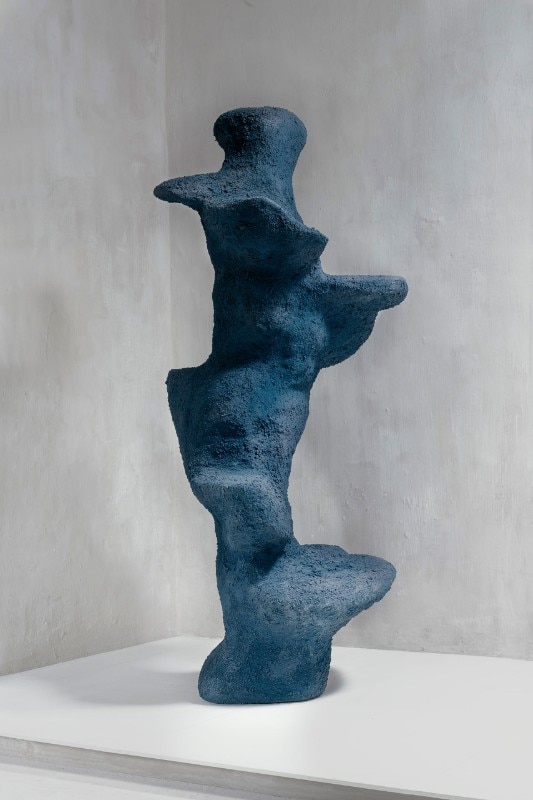
Designers at the time of corona: Tellurico
A selection of projects by Francesco Pace, aka Tellurico.
Mesa and Kat, 2019
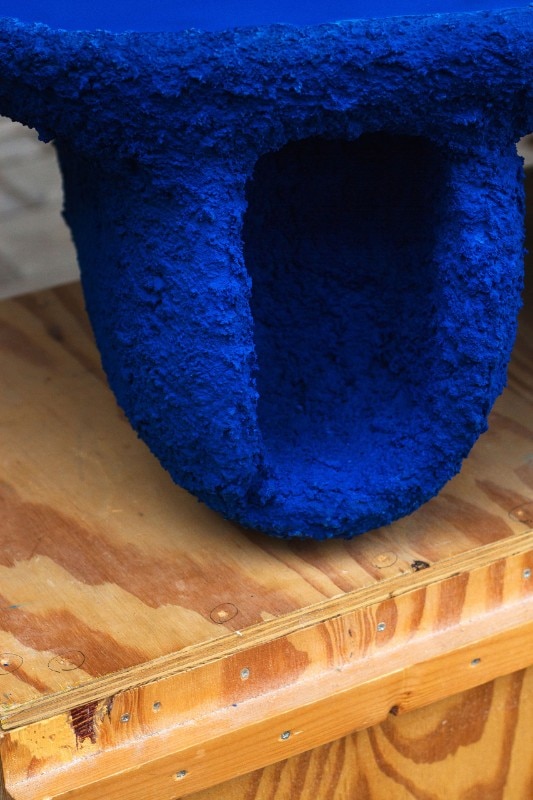
Designers at the time of corona: Tellurico
A selection of projects by Francesco Pace, aka Tellurico.
Mesa, 2019
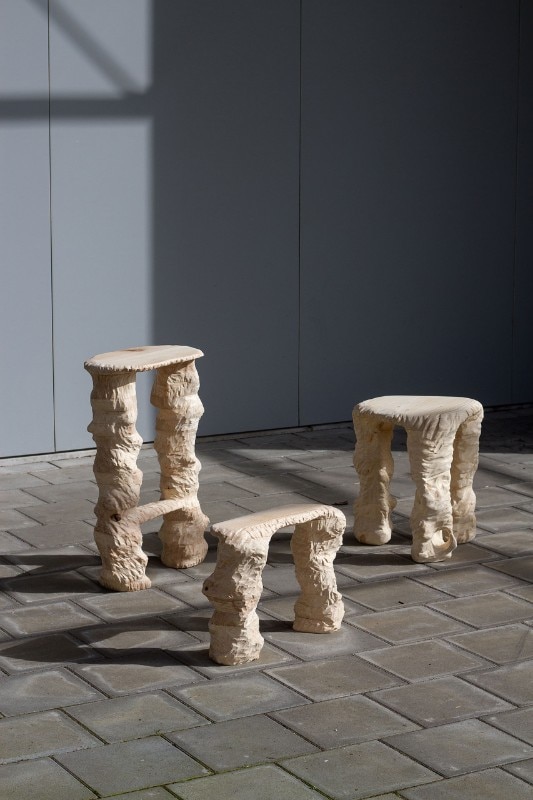
Designers at the time of corona: Tellurico
A selection of projects by Francesco Pace, aka Tellurico.
Stools, 2019
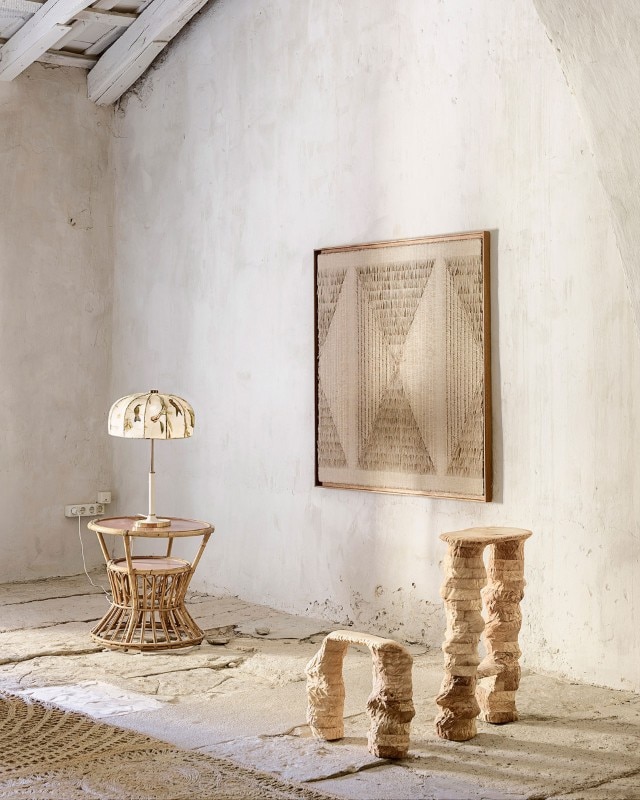
Designers at the time of corona: Tellurico
A selection of projects by Francesco Pace, aka Tellurico.
Stools, 2019
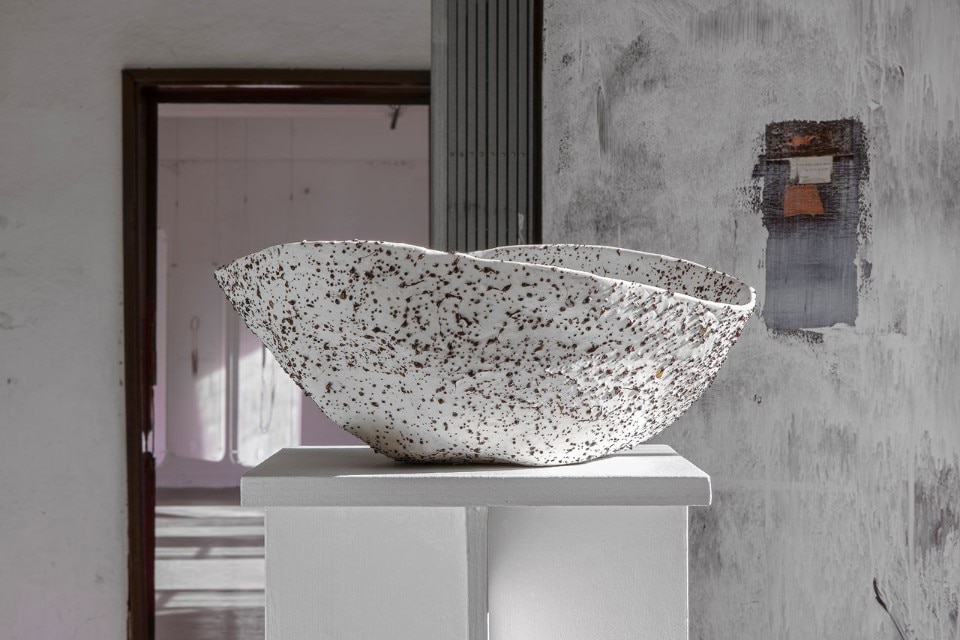
Designers at the time of corona: Tellurico
A selection of projects by Francesco Pace, aka Tellurico.
Telluride, Mint Gallery, 2018
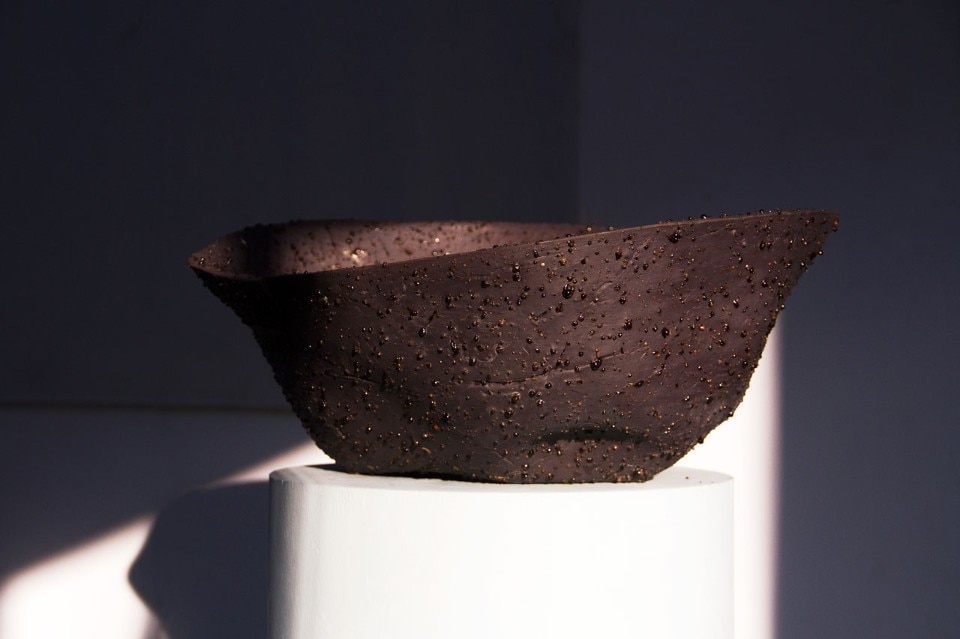
Designers at the time of corona: Tellurico
A selection of projects by Francesco Pace, aka Tellurico.
Telluride, Mint Gallery, 2020
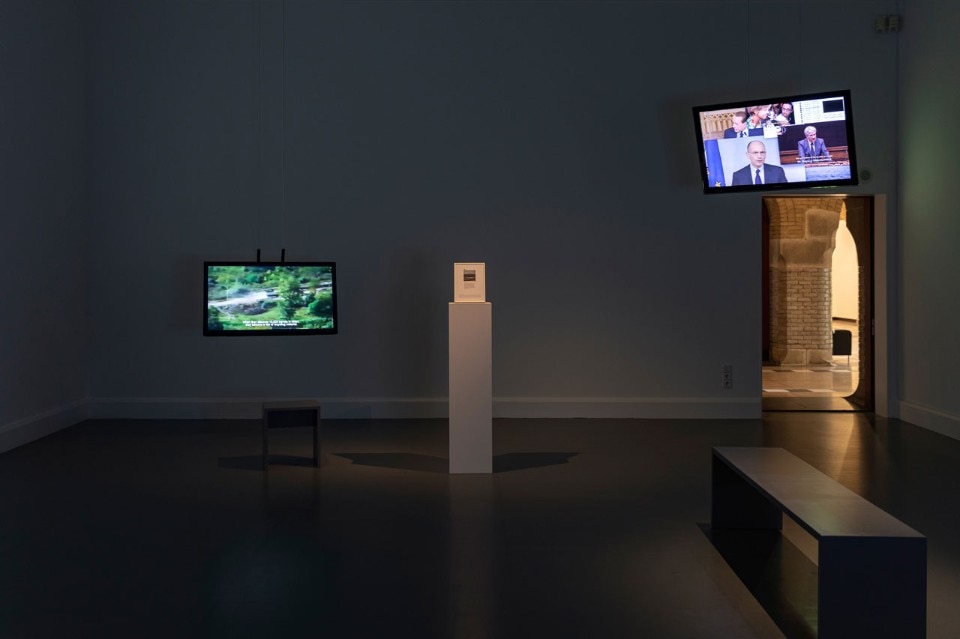
Designers at the time of corona: Tellurico
A selection of projects by Francesco Pace, aka Tellurico.
Unchecked Chain, Van Abbemuseum, 2019

Designers at the time of corona: Tellurico
A selection of projects by Francesco Pace, aka Tellurico.
Mesa and Kat, 2019

Designers at the time of corona: Tellurico
A selection of projects by Francesco Pace, aka Tellurico.
Mesa and Kat, 2019

Designers at the time of corona: Tellurico
A selection of projects by Francesco Pace, aka Tellurico.
Mesa, 2019

Designers at the time of corona: Tellurico
A selection of projects by Francesco Pace, aka Tellurico.
Stools, 2019

Designers at the time of corona: Tellurico
A selection of projects by Francesco Pace, aka Tellurico.
Stools, 2019

Designers at the time of corona: Tellurico
A selection of projects by Francesco Pace, aka Tellurico.
Telluride, Mint Gallery, 2018

Designers at the time of corona: Tellurico
A selection of projects by Francesco Pace, aka Tellurico.
Telluride, Mint Gallery, 2020

Designers at the time of corona: Tellurico
A selection of projects by Francesco Pace, aka Tellurico.
Unchecked Chain, Van Abbemuseum, 2019
From Eindhoven, Francesco Pace of Tellurico tells us how in The Netherlands the emergency arrived later than in Italy, partly for economic reasons, partly for political reasons, partly for local habits. “Professionally this whole thing has touched me a lot, in the sense that I had the Salone planned, with an exhibition for Alcova. Another exhibition at the 3Days of Design in Copenhagen has been postponed to September and a residence that I was supposed to do in June in Potenza I’m not sure if that will happen. On the one hand I was relatively lucky because I was able to exhibit last month at Collect with Mint Design Gallery and Collectible with Camp Design Gallery, but there was already a strange atmosphere”.
“My job has changed incredibly these days, because I haven’t been going to my lab anymore. My design process is thinking through making, meaning that when you are physically acting on something you can understand what are the limits and potentials of an object or of a project. So, there’s always a fuss between trying things in the lab and going back to designing it on my computer. I’m sending more emails now, contacting clients and galleries, let’s say I’m doing more ordinary office work. But production in the lab is down. The positive side of all this is to see more solidarity between people, but the economic damage is there for everyone, especially for us who work with VAT”.
Among the projects on hold, the exhibition “Geodesign” presented at the Van Abbemuseum, which was to be held at Alcova during the Salone: an eight-channel video documentary on how the waste emergency has changed the geography in Campania, Italy. The Telluride collection proceeds, with lava-based porcelain objects developed by the designer himself. “This is lava stone from Pozzuoli which, thanks to a specific treatment during firing, it melts and chemically joins the porcelain. The result is a material with stronger structural features with an interesting aesthetic factor: it looks almost like a white stracciatella with loose spots inside! The project is associated with theoretical work and a documentary on the proximity between the inhabitants and the volcano. In Pozzuoli, in fact, there is the highest population density on an active volcano.”
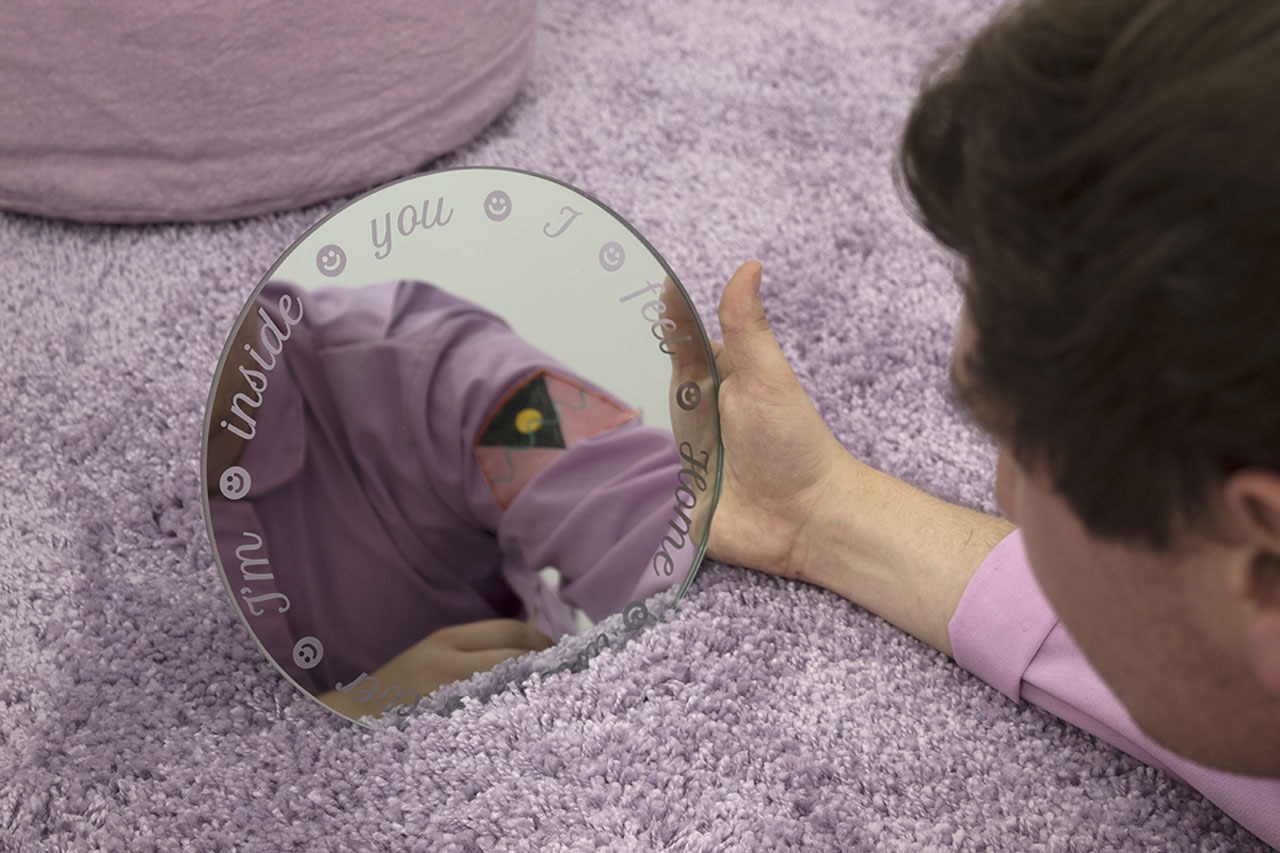
 View gallery
View gallery
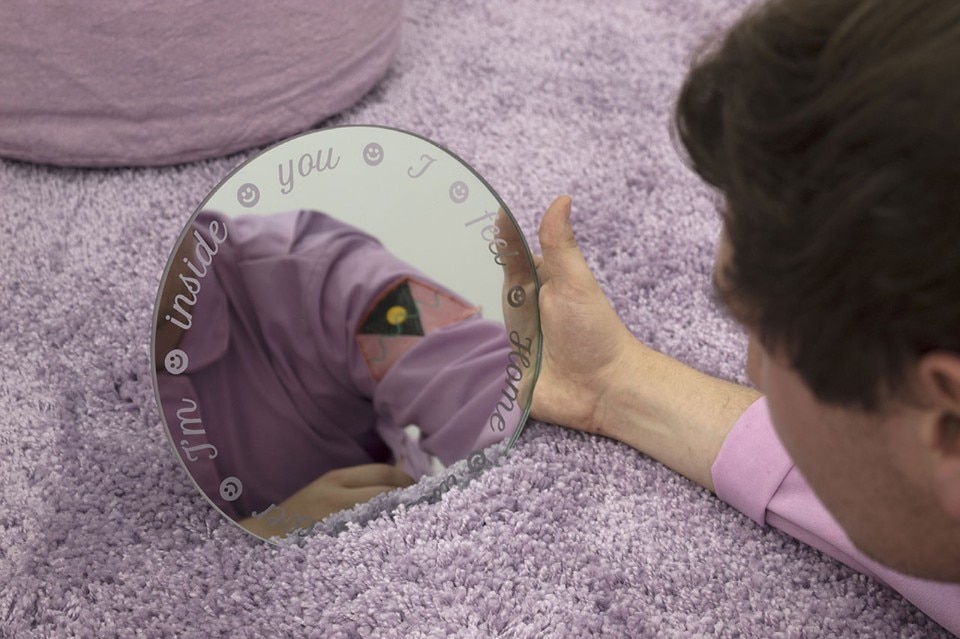
Designers at the time of corona: Plstct
A selection of works Plstct, founded by Grazia Mappa and Gabriele Leo
Torward a common survival
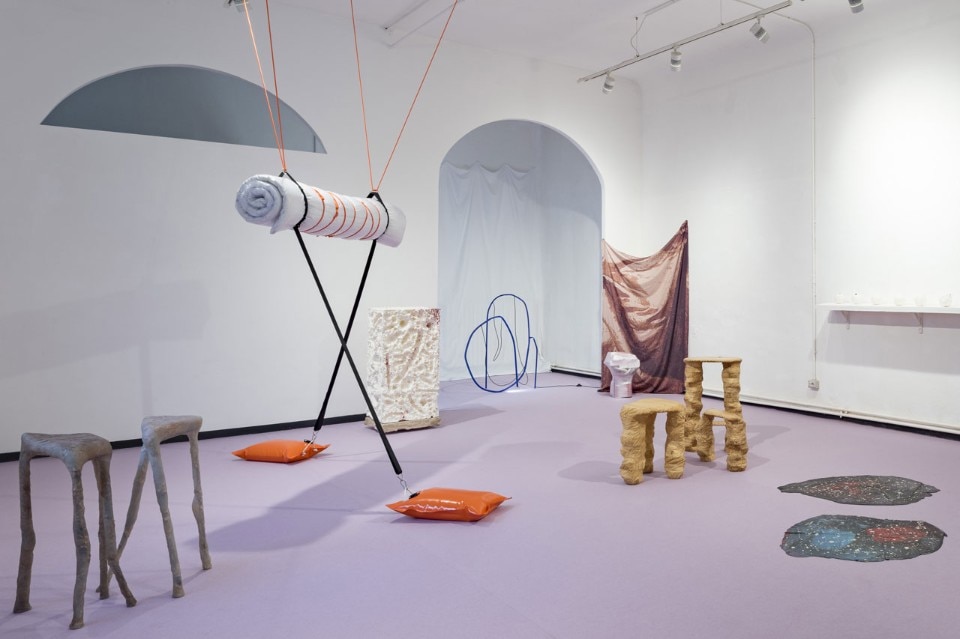
Designers at the time of corona: Plstct
A selection of works Plstct, founded by Grazia Mappa and Gabriele Leo
Monkey Bed, "Movimento", Camp Design Gallery, 2019
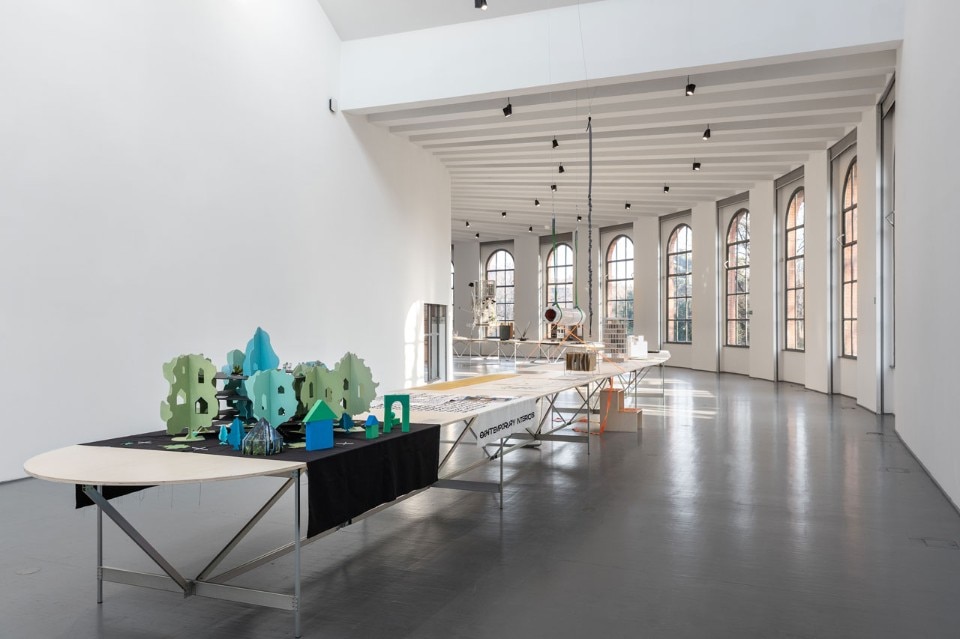
Designers at the time of corona: Plstct
A selection of works Plstct, founded by Grazia Mappa and Gabriele Leo
Monkey Bed, "State of the art of architecture", Triennale, 2020
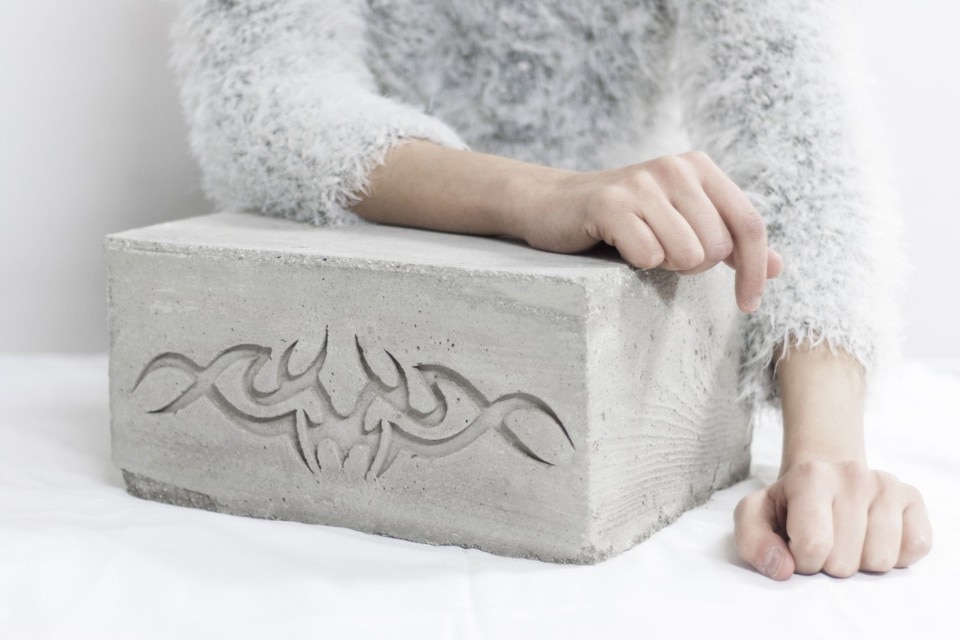
Designers at the time of corona: Plstct
A selection of works Plstct, founded by Grazia Mappa and Gabriele Leo
Tribal, concrete
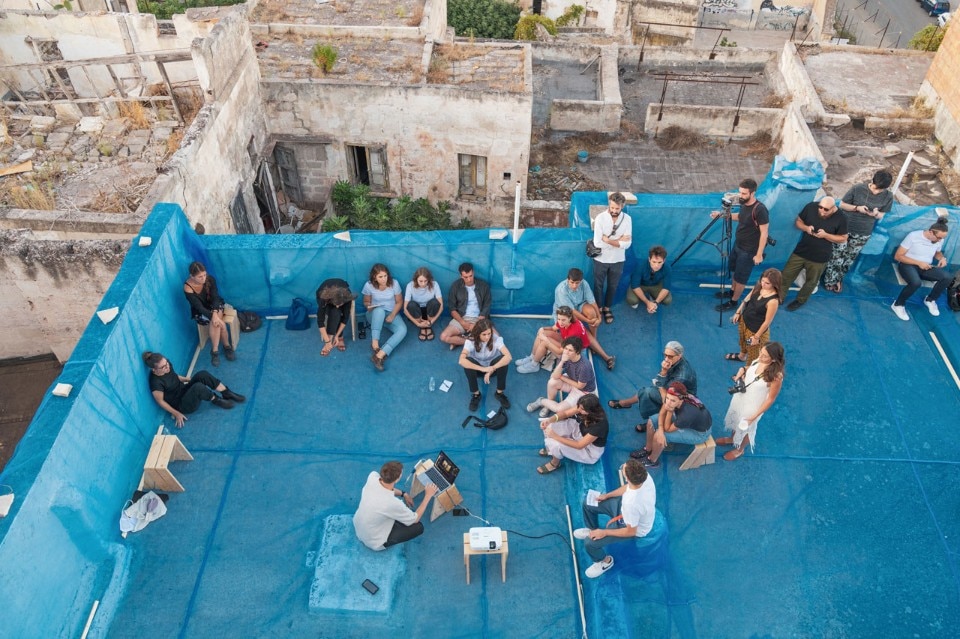
Designers at the time of corona: Plstct
A selection of works Plstct, founded by Grazia Mappa and Gabriele Leo
Post Disaster Rooftops

Designers at the time of corona: Plstct
A selection of works Plstct, founded by Grazia Mappa and Gabriele Leo
Torward a common survival

Designers at the time of corona: Plstct
A selection of works Plstct, founded by Grazia Mappa and Gabriele Leo
Monkey Bed, "Movimento", Camp Design Gallery, 2019

Designers at the time of corona: Plstct
A selection of works Plstct, founded by Grazia Mappa and Gabriele Leo
Monkey Bed, "State of the art of architecture", Triennale, 2020

Designers at the time of corona: Plstct
A selection of works Plstct, founded by Grazia Mappa and Gabriele Leo
Tribal, concrete

Designers at the time of corona: Plstct
A selection of works Plstct, founded by Grazia Mappa and Gabriele Leo
Post Disaster Rooftops
Gabriele Leo of Plstct sees this period as a “return to the origins”. “From a certain point of view we have lightened. It is not an ideal situation, quite the opposite, but it has some curious aspects. In a way it’s a bit like going back to when we started. I still haven’t learned to manage these days well and I’m working a lot more in the evening. The days seem to be reversed and the working time is 24 hours, like a student. The coronavirus hasn’t slowed us down: we are in a condition where if projects fail we self-commission them, so in this situation we probably work even more”.
Plstct talks about how the ongoing projects are evolving into a “quarantine dimension”, as for its Post-disaster Rooftops in Taranto, a festival on roofs and terraces that could now be enriched with a virtual connection between these places that are now so central in public life. “We are thinking about how the geographical hierarchies are breaking down. At this moment what is happening in Milan is no more relevant than what is happening in Taranto. In the digital world we feel less the cultural weight of a place where an event like the Salone del Mobile takes place”. Leo, together with Grazia Mappa is also conducting a research called “Creatures of habit” that sheds light on simple living behaviors including sleeping, eating and breathing are conditioned by a series of cultural and political superstructures that intertwine with architecture, ergonomics and spatial regulation systems.
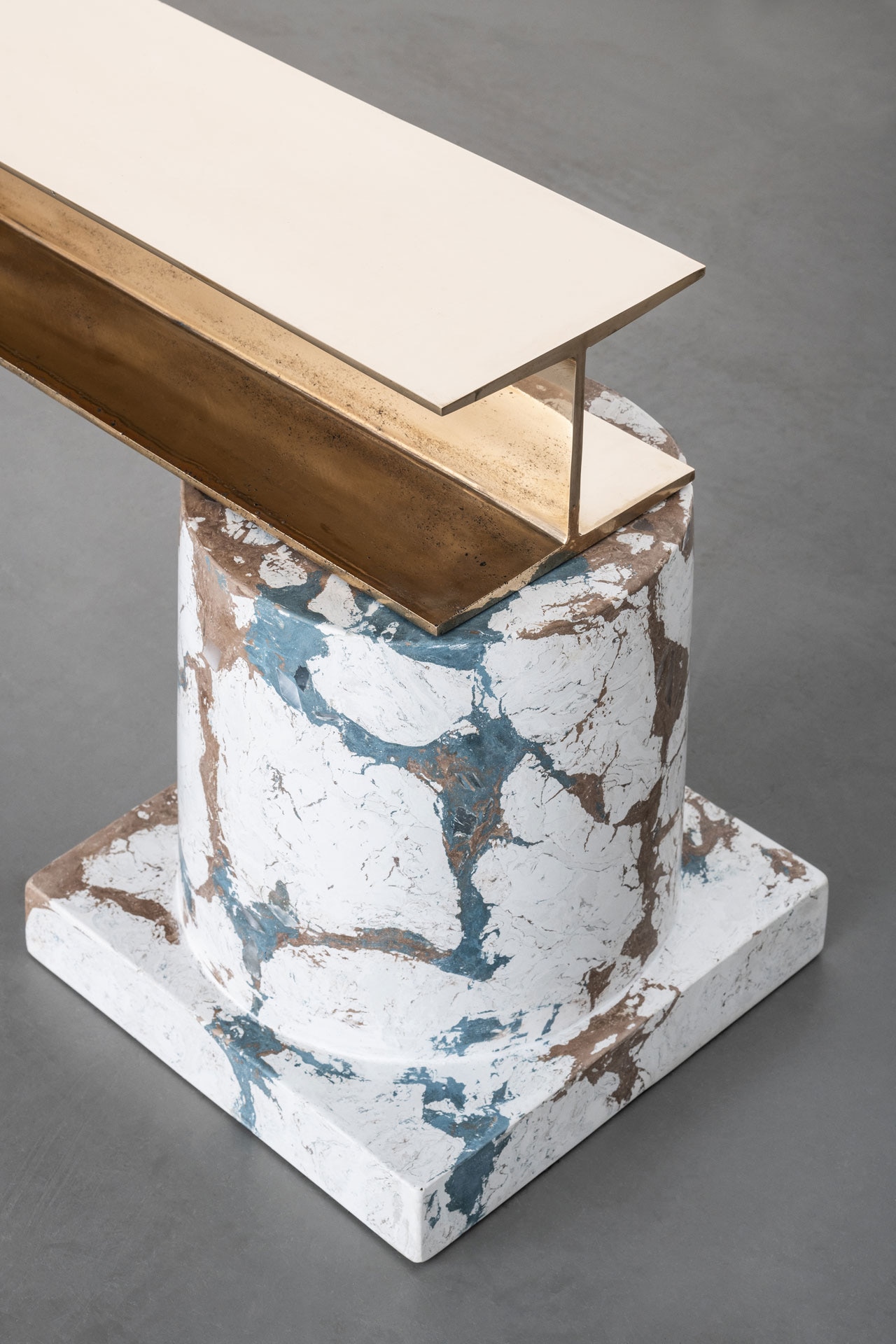
 View gallery
View gallery
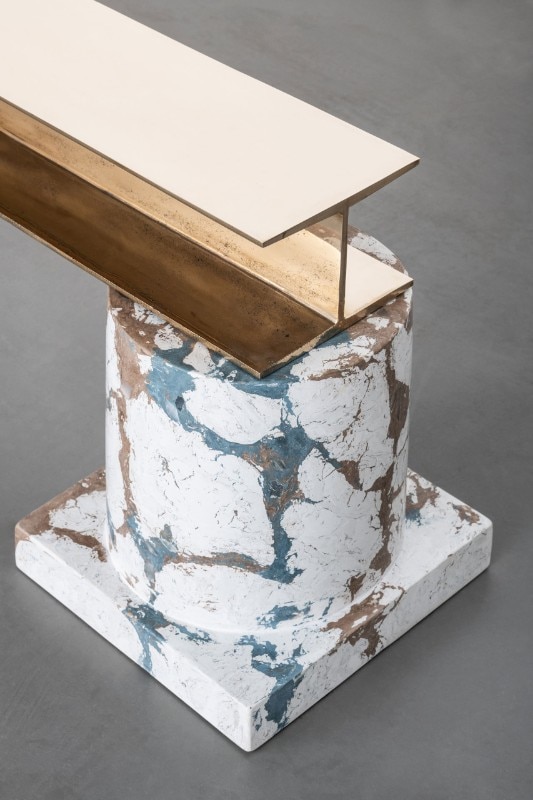
Designers at the time of corona: Roberto Sironi
The last pieces of the Ruins project by Roberto Sironi
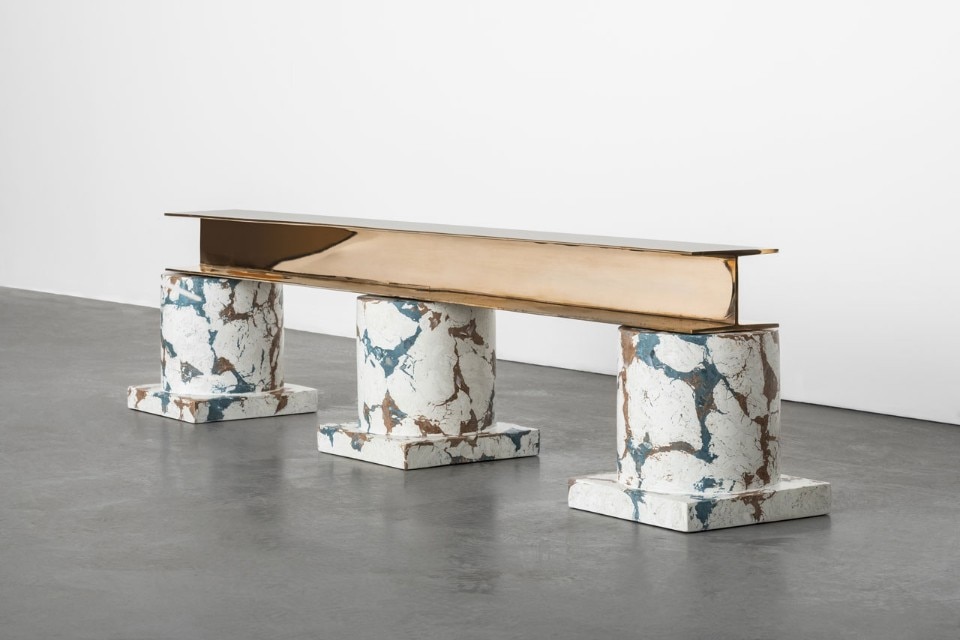
Designers at the time of corona: Roberto Sironi
The last pieces of the Ruins project by Roberto Sironi
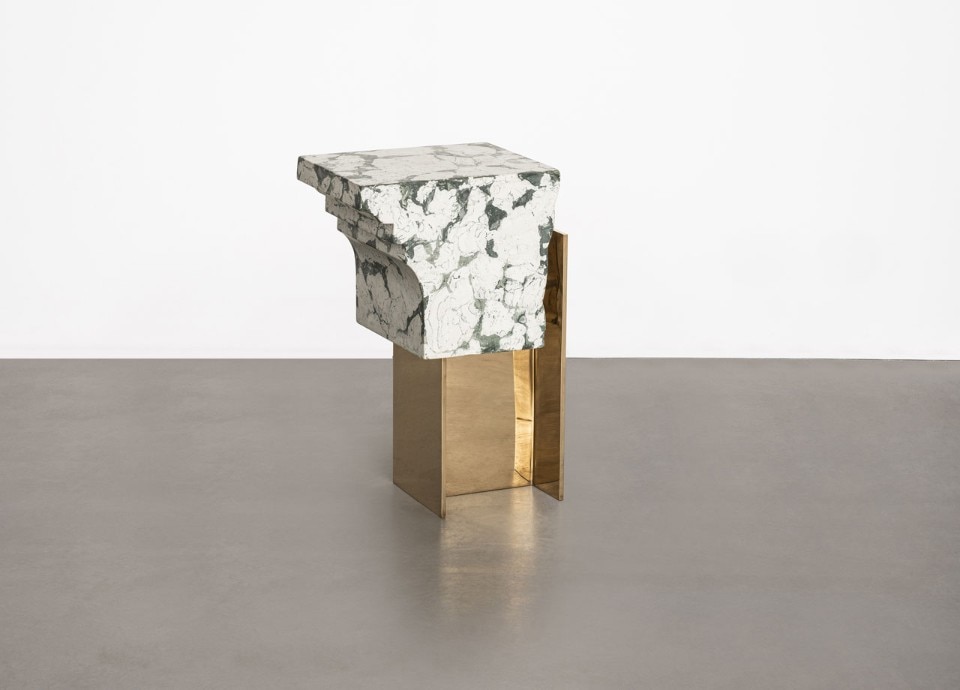
Designers at the time of corona: Roberto Sironi
The last pieces of the Ruins project by Roberto Sironi
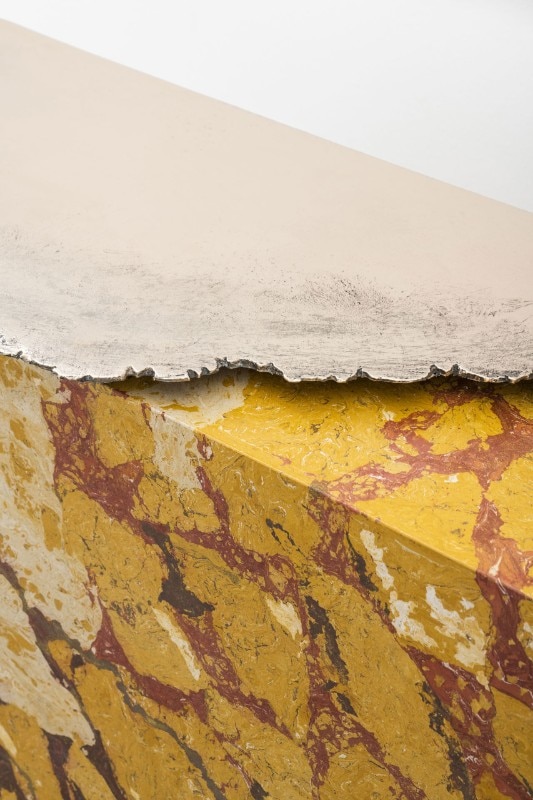
Designers at the time of corona: Roberto Sironi
The last pieces of the Ruins project by Roberto Sironi
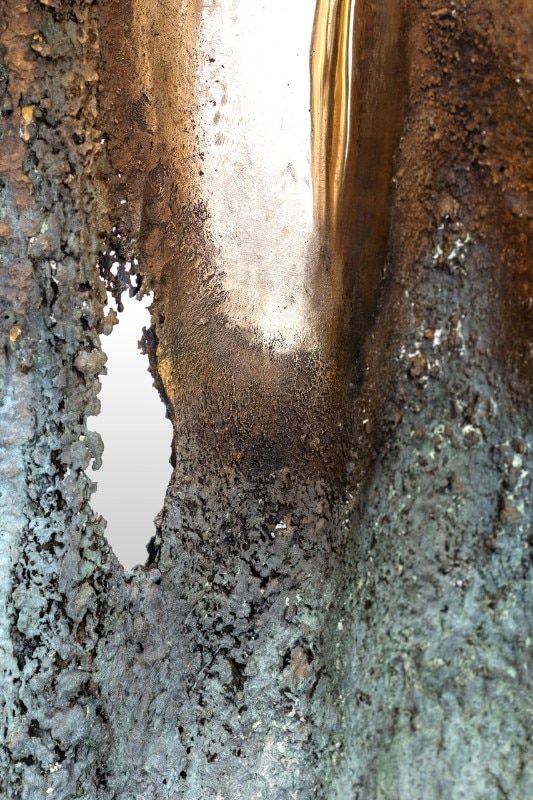
Designers at the time of corona: Roberto Sironi
The last pieces of the Ruins project by Roberto Sironi
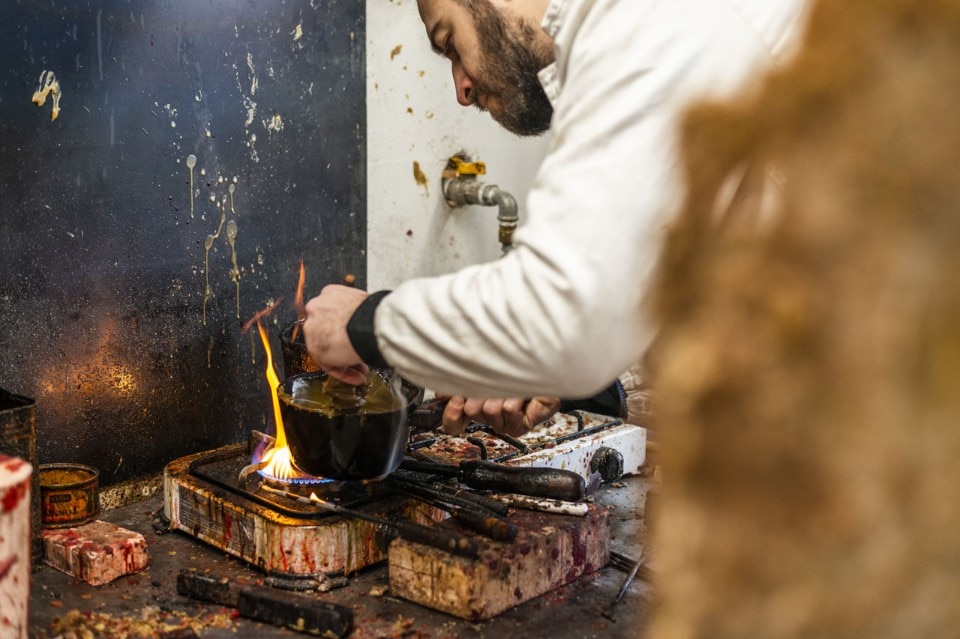
Designers at the time of corona: Roberto Sironi
The last pieces of the Ruins project by Roberto Sironi
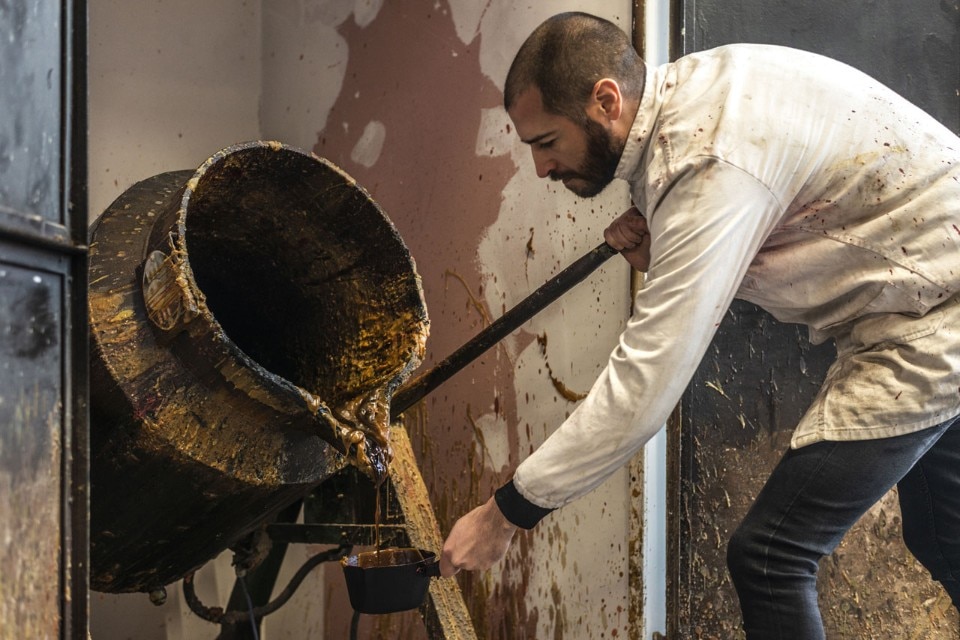
Designers at the time of corona: Roberto Sironi
The last pieces of the Ruins project by Roberto Sironi

Designers at the time of corona: Roberto Sironi
The last pieces of the Ruins project by Roberto Sironi

Designers at the time of corona: Roberto Sironi
The last pieces of the Ruins project by Roberto Sironi

Designers at the time of corona: Roberto Sironi
The last pieces of the Ruins project by Roberto Sironi

Designers at the time of corona: Roberto Sironi
The last pieces of the Ruins project by Roberto Sironi

Designers at the time of corona: Roberto Sironi
The last pieces of the Ruins project by Roberto Sironi

Designers at the time of corona: Roberto Sironi
The last pieces of the Ruins project by Roberto Sironi

Designers at the time of corona: Roberto Sironi
The last pieces of the Ruins project by Roberto Sironi
Roberto Sironi, who has always worked on the Anthropocene, from his house in Mariano Comense, Italy, mentions the possible positive effects that the general lockdown is having on the environment. “One of the positive aspects is that nature has re-appropriated its spaces a bit. I have a terrace with trees in front: maybe I’m wrong, but I’m seeing more birds, bees, maybe also because spring is coming. It seems to me that the air is cleaner. Maybe this stop should be made obligatorily twice a year: in some way it would give breath to the natural sphere.
Like the others, Sironi , saw the freezing of important events in which he was going to present his work. He had planned a solo exhibition at Miart with Carwan Gallery – postponed to September – and the publication of a monographic book, while other projects already completed are on standby, such as the new carpet collection for Nodus. “Actually, for me there are also some benefits in this quarantine: first of all I get to spend more time with my newborn daughter, and then it is a way to design and to have more concentration. By reducing travel and things like phone calls and emails, you focus more on the project”.
Has this pandemic changed you? “Working a lot on research and also on historical-anthropological issues, I have always taken these variables into account. It didn’t take me by surprise, in fact I realize how history is a loop and this virus thing repeats itself over the centuries and millennia. Nothing new under the sun, as far as I can see. So, from this point of view, there is no particular awareness, it won’t change my way of designing which has always been doing research”. Sironi’s work is also turning digital with a project on the Anthropocene that he is carrying out with photographer Federico Villa.
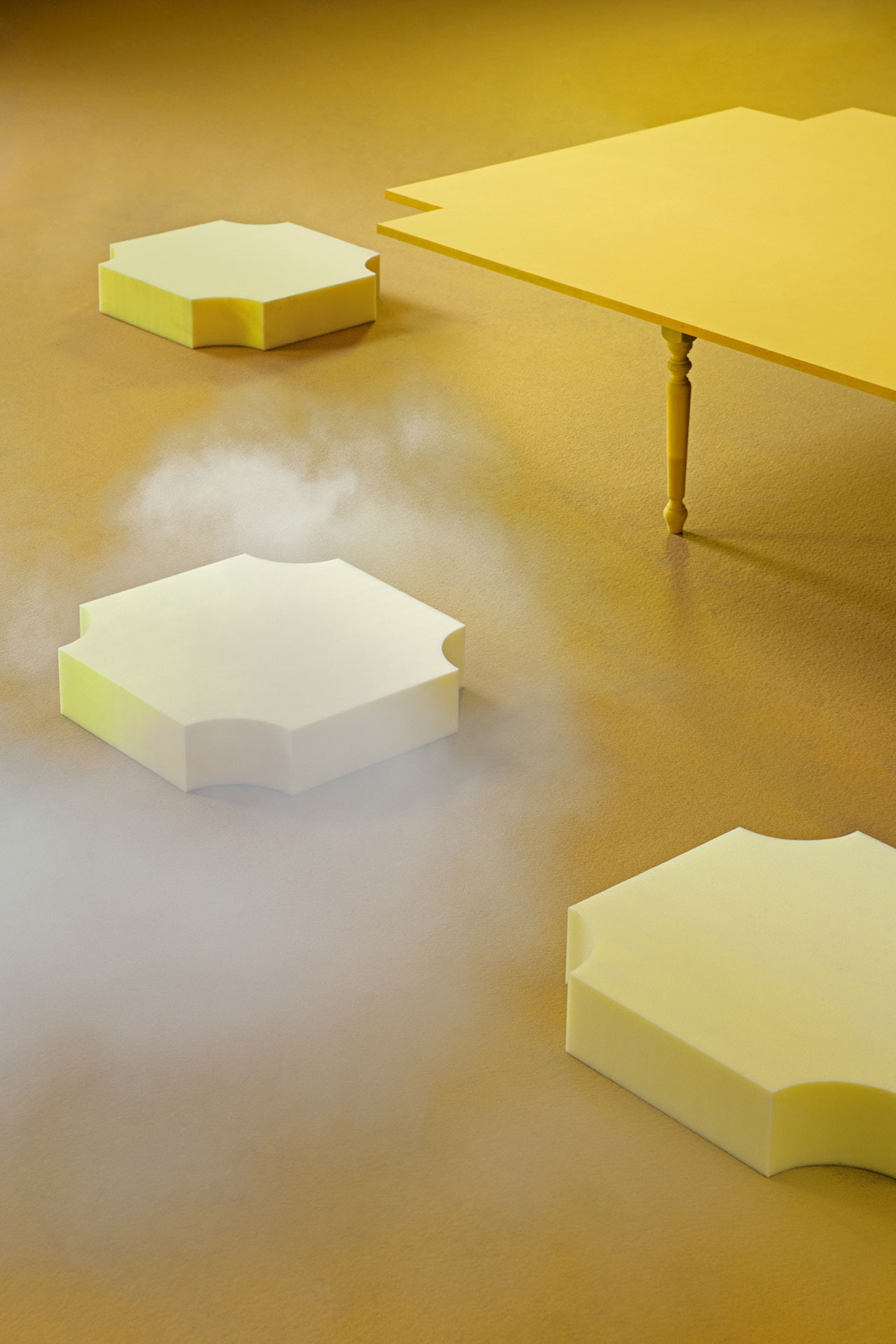
 View gallery
View gallery
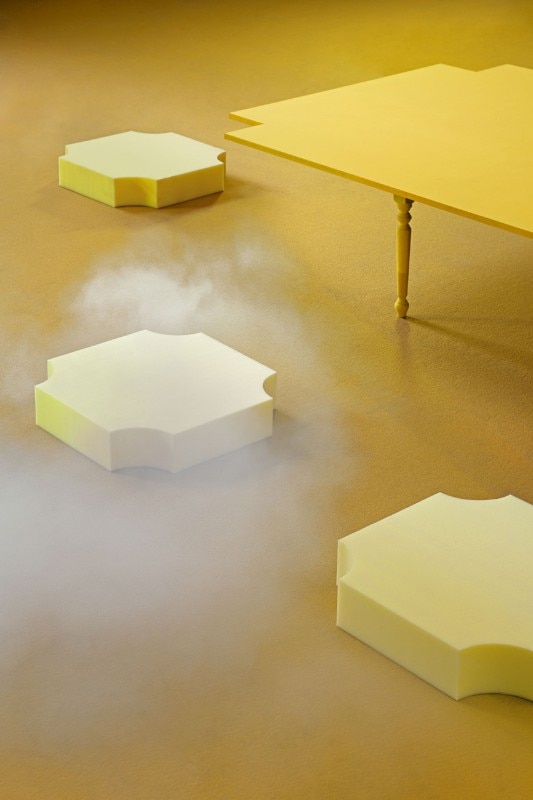
Designers at the time of corona: Parasite 2.0
The installation Desert Plateau is an intimate space resembling a domestic desert. A long and low table at the center, as a place to live and share stories. Through a moment of activation, the installation became a workshop area curated by Studio La Cube. The participants will be able to use clay and give shape to their own architecture from the wilderness, their Tabernacles.
Parasite 2.0, Desert Plateau, ETSAM Madrid, MAYRIT Festival de diseño en Madrid, 2020. Workshop by Studio La Cube curated by Miguel Leir. Photo Asier Rua
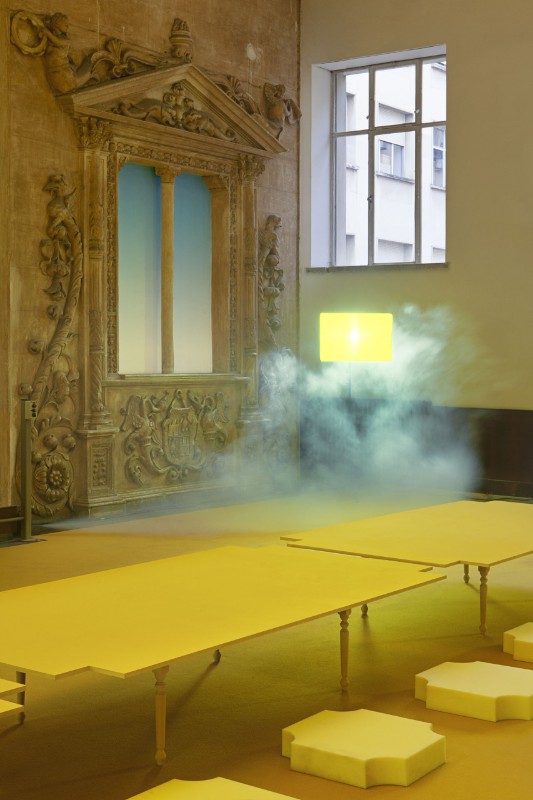
Designers at the time of corona: Parasite 2.0
The installation Desert Plateau is an intimate space resembling a domestic desert. A long and low table at the center, as a place to live and share stories. Through a moment of activation, the installation became a workshop area curated by Studio La Cube. The participants will be able to use clay and give shape to their own architecture from the wilderness, their Tabernacles.
Parasite 2.0, Desert Plateau, ETSAM Madrid, MAYRIT Festival de diseño en Madrid, 2020. Workshop by Studio La Cube curated by Miguel Leir. Photo Asier Rua
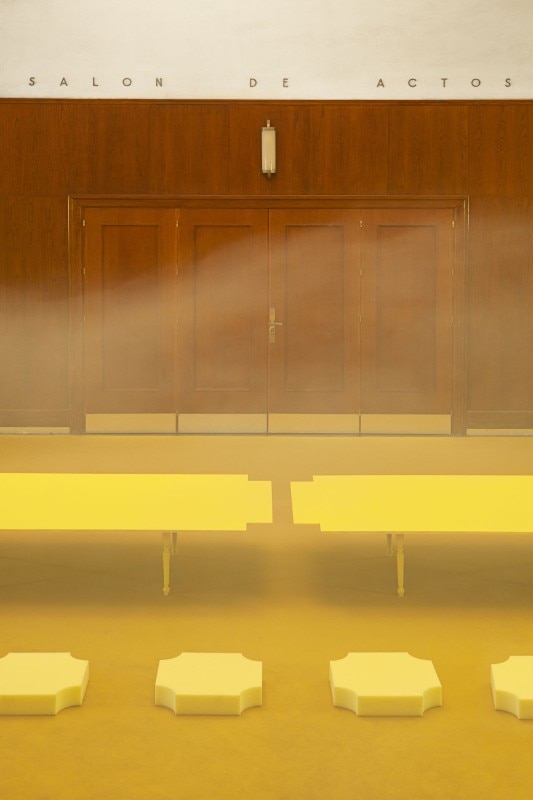
Designers at the time of corona: Parasite 2.0
The installation Desert Plateau is an intimate space resembling a domestic desert. A long and low table at the center, as a place to live and share stories. Through a moment of activation, the installation became a workshop area curated by Studio La Cube. The participants will be able to use clay and give shape to their own architecture from the wilderness, their Tabernacles.
Parasite 2.0, Desert Plateau, ETSAM Madrid, MAYRIT Festival de diseño en Madrid, 2020. Workshop by Studio La Cube curated by Miguel Leir. Photo Asier Rua
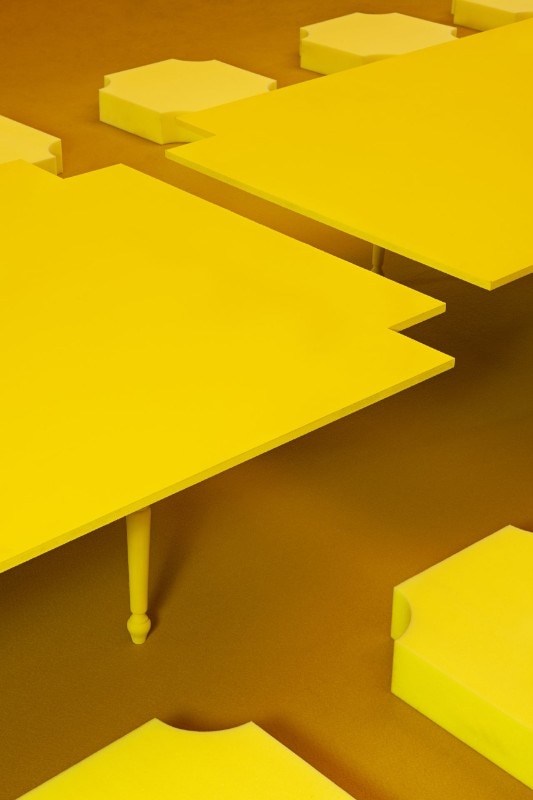
Designers at the time of corona: Parasite 2.0
The installation Desert Plateau is an intimate space resembling a domestic desert. A long and low table at the center, as a place to live and share stories. Through a moment of activation, the installation became a workshop area curated by Studio La Cube. The participants will be able to use clay and give shape to their own architecture from the wilderness, their Tabernacles.
Parasite 2.0, Desert Plateau, ETSAM Madrid, MAYRIT Festival de diseño en Madrid, 2020. Workshop by Studio La Cube curated by Miguel Leir. Photo Asier Rua
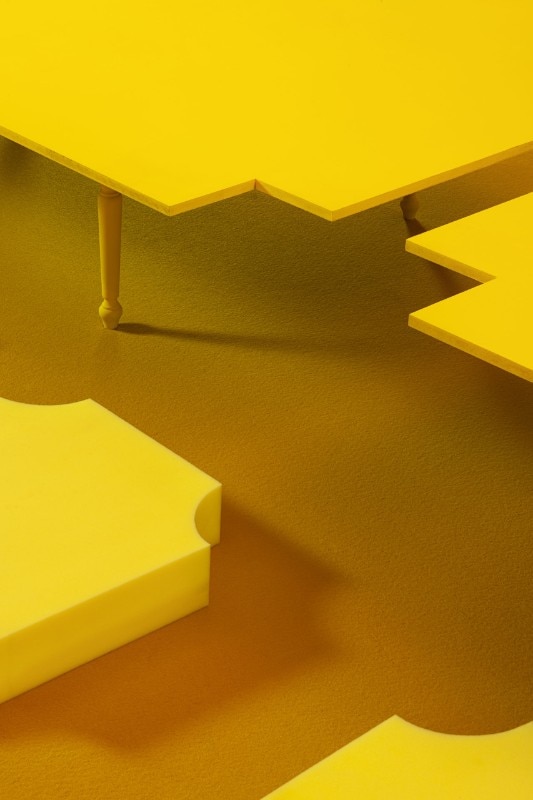
Designers at the time of corona: Parasite 2.0
The installation Desert Plateau is an intimate space resembling a domestic desert. A long and low table at the center, as a place to live and share stories. Through a moment of activation, the installation became a workshop area curated by Studio La Cube. The participants will be able to use clay and give shape to their own architecture from the wilderness, their Tabernacles.
Parasite 2.0, Desert Plateau, ETSAM Madrid, MAYRIT Festival de diseño en Madrid, 2020. Workshop by Studio La Cube curated by Miguel Leir. Photo Asier Rua
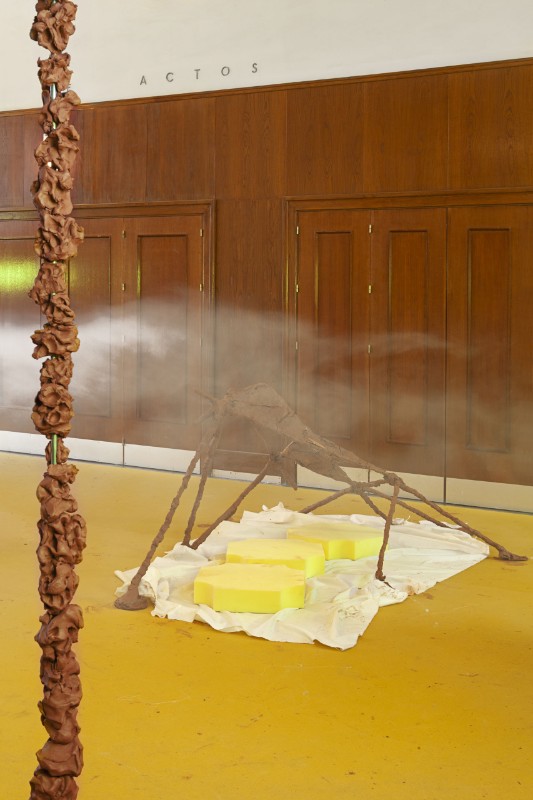
Designers at the time of corona: Parasite 2.0
The installation Desert Plateau is an intimate space resembling a domestic desert. A long and low table at the center, as a place to live and share stories. Through a moment of activation, the installation became a workshop area curated by Studio La Cube. The participants will be able to use clay and give shape to their own architecture from the wilderness, their Tabernacles.
Parasite 2.0, Desert Plateau, ETSAM Madrid, MAYRIT Festival de diseño en Madrid, 2020. Workshop by Studio La Cube curated by Miguel Leir. Photo Asier Rua
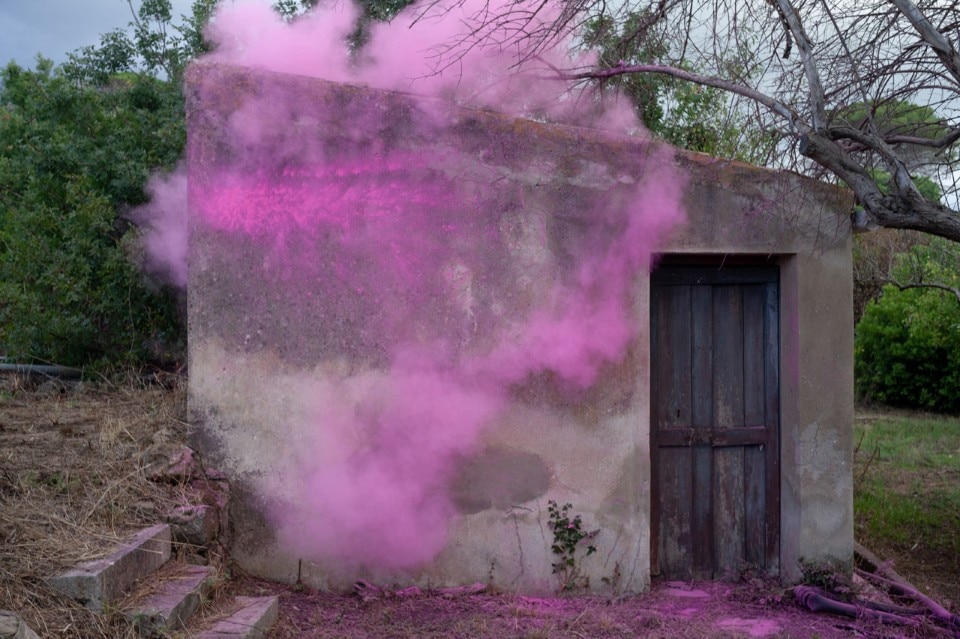
Designers at the time of corona: Parasite 2.0
The interventions realized for Scuola Politica Gibel 2019, is a series of tests preceding a possible permanent transformation of some parts of Villa Catalfamo. Can we use a lo-fi approach to unveil future perspective? Through temporary and ephemeral actions, a fuzzy architecture interacts with the forgotten human signs occupying the area around the old farm.
Parasite 2.0, Fuzzy Gibel, Scuola Politica Gibel, Villa Catalfamo, Palermo, 2019. Video, Roberto Giannocca e Achille Mauri. Foto Valentino Bianchi
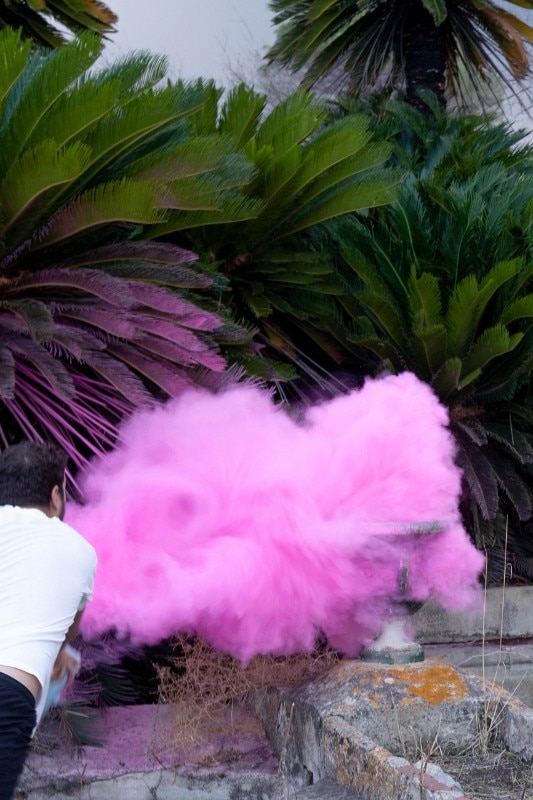
Designers at the time of corona: Parasite 2.0
The interventions realized for Scuola Politica Gibel 2019, is a series of tests preceding a possible permanent transformation of some parts of Villa Catalfamo. Can we use a lo-fi approach to unveil future perspective? Through temporary and ephemeral actions, a fuzzy architecture interacts with the forgotten human signs occupying the area around the old farm.
Parasite 2.0, Fuzzy Gibel, Scuola Politica Gibel, Villa Catalfamo, Palermo, 2019. Video, Roberto Giannocca e Achille Mauri. Foto Valentino Bianchi
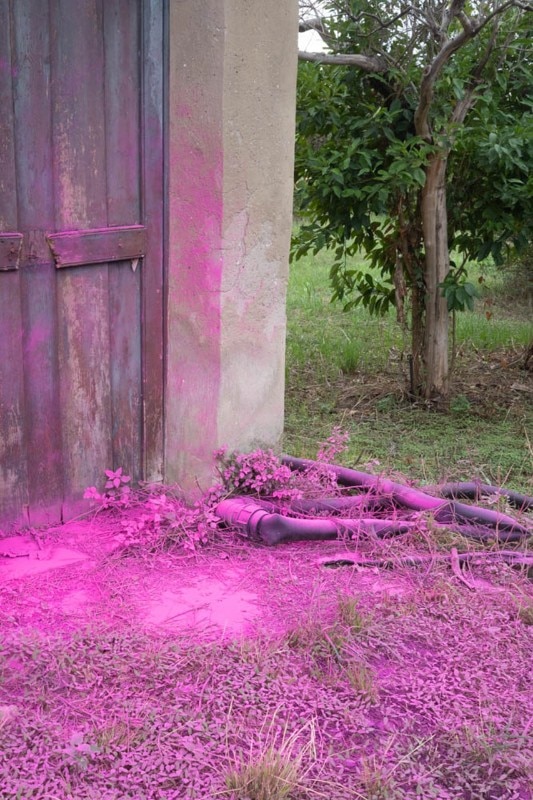
Designers at the time of corona: Parasite 2.0
The interventions realized for Scuola Politica Gibel 2019, is a series of tests preceding a possible permanent transformation of some parts of Villa Catalfamo. Can we use a lo-fi approach to unveil future perspective? Through temporary and ephemeral actions, a fuzzy architecture interacts with the forgotten human signs occupying the area around the old farm.
Parasite 2.0, Fuzzy Gibel, Scuola Politica Gibel, Villa Catalfamo, Palermo, 2019. Video, Roberto Giannocca e Achille Mauri. Foto Valentino Bianchi
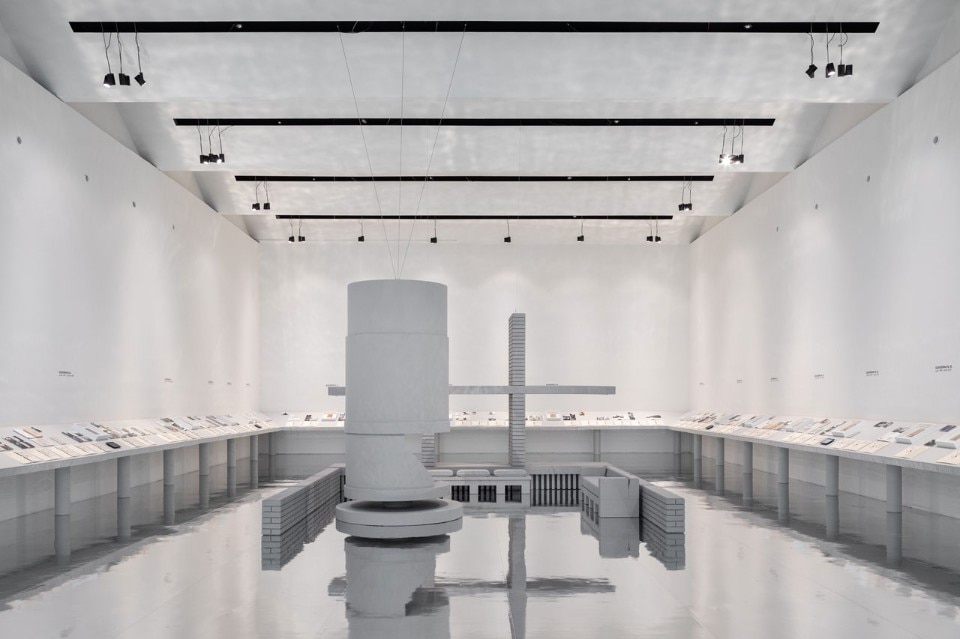
Designers at the time of corona: Parasite 2.0
Parasite 2.0, The Notebooks of Giancarlo De Carlo, Triennale Milano, 2020
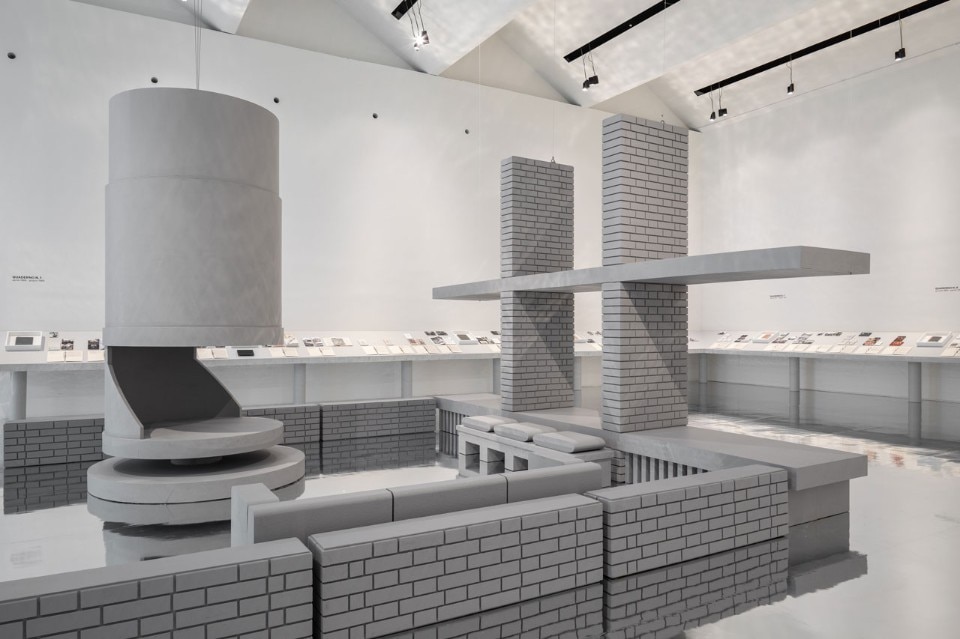
Designers at the time of corona: Parasite 2.0
Parasite 2.0, The Notebooks of Giancarlo De Carlo, Triennale Milano, 2020
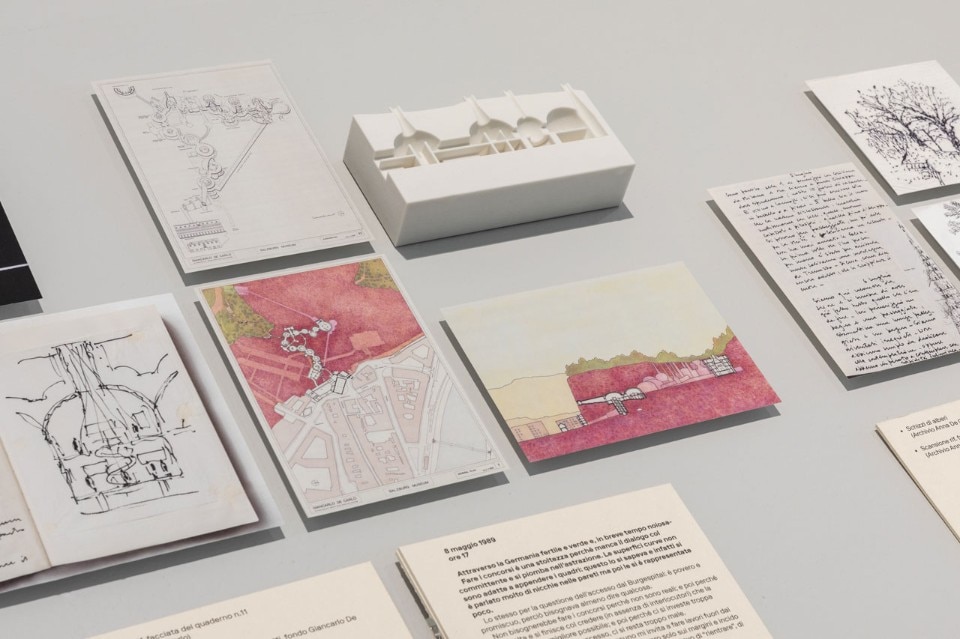
Designers at the time of corona: Parasite 2.0
Parasite 2.0, The Notebooks of Giancarlo De Carlo, Triennale Milano, 2020
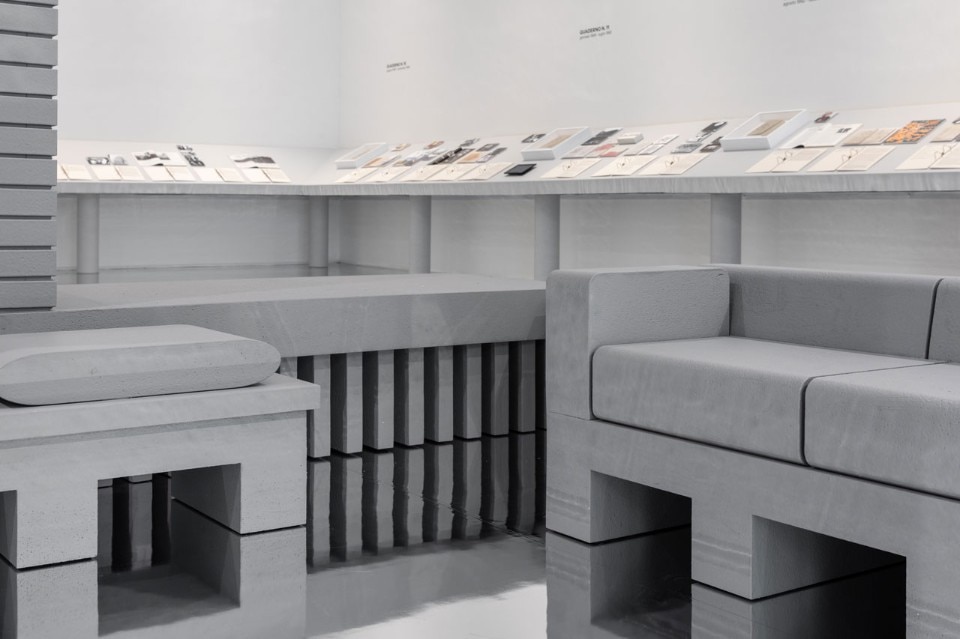
Designers at the time of corona: Parasite 2.0
Parasite 2.0, The Notebooks of Giancarlo De Carlo, Triennale Milano, 2020
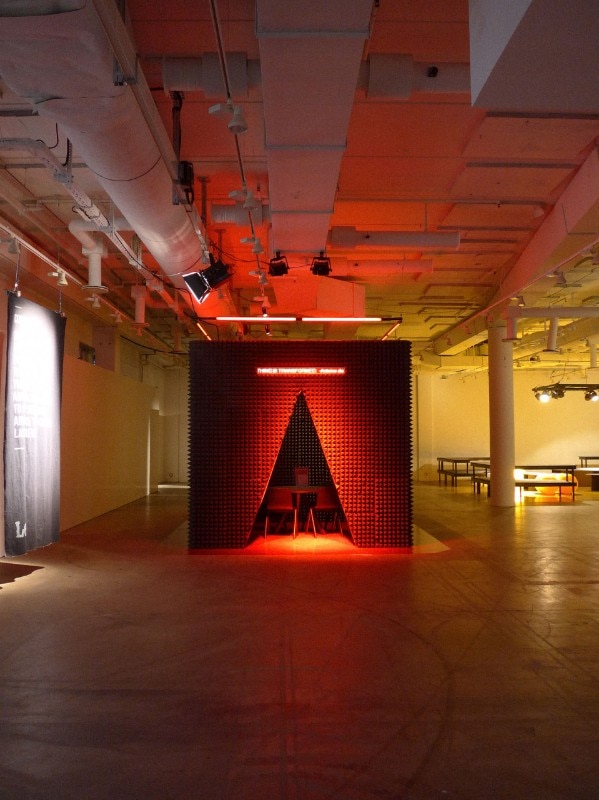
Designers at the time of corona: Parasite 2.0
Parasite 2.0, ‘’Alter Repair Transform”, set design, CIFF Copenaghen International Fashion Fair, 2020
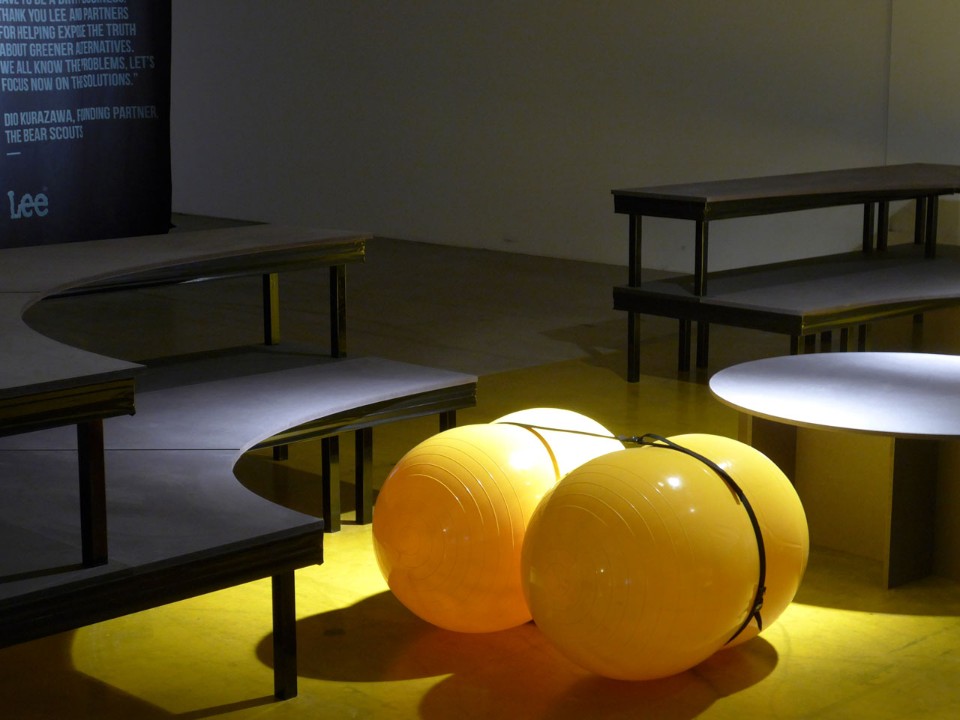
Designers at the time of corona: Parasite 2.0
Parasite 2.0, ‘’Alter Repair Transform”, set design, CIFF Copenaghen International Fashion Fair, 2020
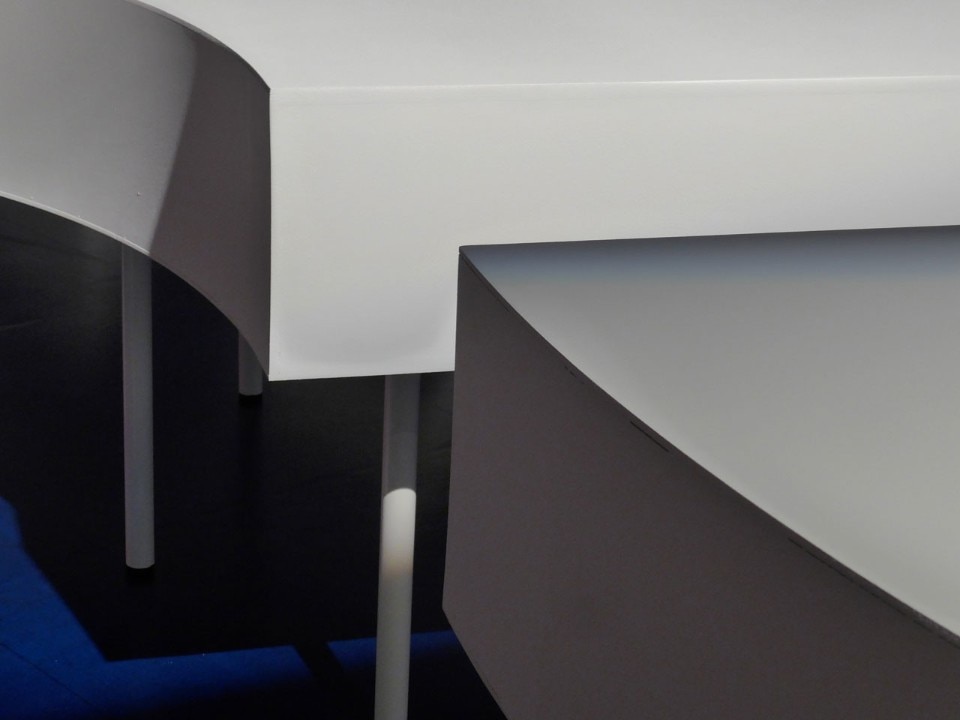
Designers at the time of corona: Parasite 2.0
Parasite 2.0, ‘’Alter Repair Transform”, set design, CIFF Copenaghen International Fashion Fair, 2020

Designers at the time of corona: Parasite 2.0
The installation Desert Plateau is an intimate space resembling a domestic desert. A long and low table at the center, as a place to live and share stories. Through a moment of activation, the installation became a workshop area curated by Studio La Cube. The participants will be able to use clay and give shape to their own architecture from the wilderness, their Tabernacles.
Parasite 2.0, Desert Plateau, ETSAM Madrid, MAYRIT Festival de diseño en Madrid, 2020. Workshop by Studio La Cube curated by Miguel Leir. Photo Asier Rua

Designers at the time of corona: Parasite 2.0
The installation Desert Plateau is an intimate space resembling a domestic desert. A long and low table at the center, as a place to live and share stories. Through a moment of activation, the installation became a workshop area curated by Studio La Cube. The participants will be able to use clay and give shape to their own architecture from the wilderness, their Tabernacles.
Parasite 2.0, Desert Plateau, ETSAM Madrid, MAYRIT Festival de diseño en Madrid, 2020. Workshop by Studio La Cube curated by Miguel Leir. Photo Asier Rua

Designers at the time of corona: Parasite 2.0
The installation Desert Plateau is an intimate space resembling a domestic desert. A long and low table at the center, as a place to live and share stories. Through a moment of activation, the installation became a workshop area curated by Studio La Cube. The participants will be able to use clay and give shape to their own architecture from the wilderness, their Tabernacles.
Parasite 2.0, Desert Plateau, ETSAM Madrid, MAYRIT Festival de diseño en Madrid, 2020. Workshop by Studio La Cube curated by Miguel Leir. Photo Asier Rua

Designers at the time of corona: Parasite 2.0
The installation Desert Plateau is an intimate space resembling a domestic desert. A long and low table at the center, as a place to live and share stories. Through a moment of activation, the installation became a workshop area curated by Studio La Cube. The participants will be able to use clay and give shape to their own architecture from the wilderness, their Tabernacles.
Parasite 2.0, Desert Plateau, ETSAM Madrid, MAYRIT Festival de diseño en Madrid, 2020. Workshop by Studio La Cube curated by Miguel Leir. Photo Asier Rua

Designers at the time of corona: Parasite 2.0
The installation Desert Plateau is an intimate space resembling a domestic desert. A long and low table at the center, as a place to live and share stories. Through a moment of activation, the installation became a workshop area curated by Studio La Cube. The participants will be able to use clay and give shape to their own architecture from the wilderness, their Tabernacles.
Parasite 2.0, Desert Plateau, ETSAM Madrid, MAYRIT Festival de diseño en Madrid, 2020. Workshop by Studio La Cube curated by Miguel Leir. Photo Asier Rua

Designers at the time of corona: Parasite 2.0
The installation Desert Plateau is an intimate space resembling a domestic desert. A long and low table at the center, as a place to live and share stories. Through a moment of activation, the installation became a workshop area curated by Studio La Cube. The participants will be able to use clay and give shape to their own architecture from the wilderness, their Tabernacles.
Parasite 2.0, Desert Plateau, ETSAM Madrid, MAYRIT Festival de diseño en Madrid, 2020. Workshop by Studio La Cube curated by Miguel Leir. Photo Asier Rua

Designers at the time of corona: Parasite 2.0
The interventions realized for Scuola Politica Gibel 2019, is a series of tests preceding a possible permanent transformation of some parts of Villa Catalfamo. Can we use a lo-fi approach to unveil future perspective? Through temporary and ephemeral actions, a fuzzy architecture interacts with the forgotten human signs occupying the area around the old farm.
Parasite 2.0, Fuzzy Gibel, Scuola Politica Gibel, Villa Catalfamo, Palermo, 2019. Video, Roberto Giannocca e Achille Mauri. Foto Valentino Bianchi

Designers at the time of corona: Parasite 2.0
The interventions realized for Scuola Politica Gibel 2019, is a series of tests preceding a possible permanent transformation of some parts of Villa Catalfamo. Can we use a lo-fi approach to unveil future perspective? Through temporary and ephemeral actions, a fuzzy architecture interacts with the forgotten human signs occupying the area around the old farm.
Parasite 2.0, Fuzzy Gibel, Scuola Politica Gibel, Villa Catalfamo, Palermo, 2019. Video, Roberto Giannocca e Achille Mauri. Foto Valentino Bianchi

Designers at the time of corona: Parasite 2.0
The interventions realized for Scuola Politica Gibel 2019, is a series of tests preceding a possible permanent transformation of some parts of Villa Catalfamo. Can we use a lo-fi approach to unveil future perspective? Through temporary and ephemeral actions, a fuzzy architecture interacts with the forgotten human signs occupying the area around the old farm.
Parasite 2.0, Fuzzy Gibel, Scuola Politica Gibel, Villa Catalfamo, Palermo, 2019. Video, Roberto Giannocca e Achille Mauri. Foto Valentino Bianchi

Designers at the time of corona: Parasite 2.0
Parasite 2.0, The Notebooks of Giancarlo De Carlo, Triennale Milano, 2020

Designers at the time of corona: Parasite 2.0
Parasite 2.0, The Notebooks of Giancarlo De Carlo, Triennale Milano, 2020

Designers at the time of corona: Parasite 2.0
Parasite 2.0, The Notebooks of Giancarlo De Carlo, Triennale Milano, 2020

Designers at the time of corona: Parasite 2.0
Parasite 2.0, The Notebooks of Giancarlo De Carlo, Triennale Milano, 2020

Designers at the time of corona: Parasite 2.0
Parasite 2.0, ‘’Alter Repair Transform”, set design, CIFF Copenaghen International Fashion Fair, 2020

Designers at the time of corona: Parasite 2.0
Parasite 2.0, ‘’Alter Repair Transform”, set design, CIFF Copenaghen International Fashion Fair, 2020

Designers at the time of corona: Parasite 2.0
Parasite 2.0, ‘’Alter Repair Transform”, set design, CIFF Copenaghen International Fashion Fair, 2020
On how their agenda has changed, Eugenio Cosentino, Stefano Colombo and Luca Marullo of Parasite 2.0 are more drastic: “Laughing about it (for now), we can say that there is no agenda anymore. In the last months all three of us have travelled a lot. Since the end of August 2019 we haven’t stopped for a moment. Planes, trains and buses all the time, one after the other. Although we officially have a home in Brussels, none of us have returned to spend these emergency days there. The current moment of crisis has pushed us to return to the cities where our affections, our partners, our loved ones are, so that we can be with them and spend this moment together. It was a very spontaneous choice, whose decision made us reflect, and will make us reflect again on what the priorities in our lives really are,” they say.
“Without wanting to minimize the emergency that surrounds us and is affecting hundreds of millions of people around the world, the Covid explosion has given us some time back. Time for us. Time for the people around us. Time for our interests. And time to do nothing. Today, perhaps the rarest good in our society... Obviously we can write it because we are not on the front line in hospitals to face the emergency, as the whole medical corps is facing a race against time in these days. Within the crisis, we can perhaps still consider ourselves lucky. In a few months, at least financially, probably we will have to discuss it again. We do not know how long this condition will last, but perhaps we should enjoy what we have today more. Perhaps we should stop.”
Perhaps, in light of what is happening, many people are wondering what the meaning of design is in this precise moment in history. I am reminded of the words of Carl Hansen & Son’s CEO, Knud Erik Hansen, when I asked him, in 2016, how it was possible to continue producing design objects in all serenity despite the Syrian crisis that was then at its peak, the attacks to Charlie Hebdo, the North Korean nuclear tests and so on. He answered me, calmly, that the objects we surround ourselves with reflect and shape who we are and how we act in the world. The values behind a good piece of furniture or a beautiful lamp are universal. Surrounding ourselves in our daily lives with objects of meaning, which breathe in mastery and beauty, can improve us as people, he said, stimulating our sensitivity. Perhaps his optimistic look is a good cue for these days that I would define “quite hectic”.


